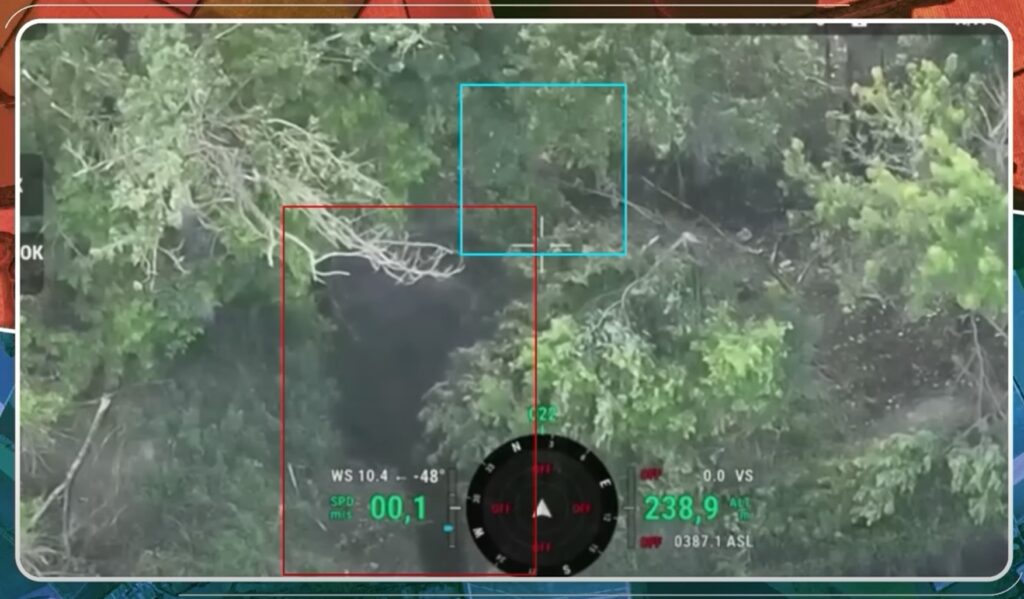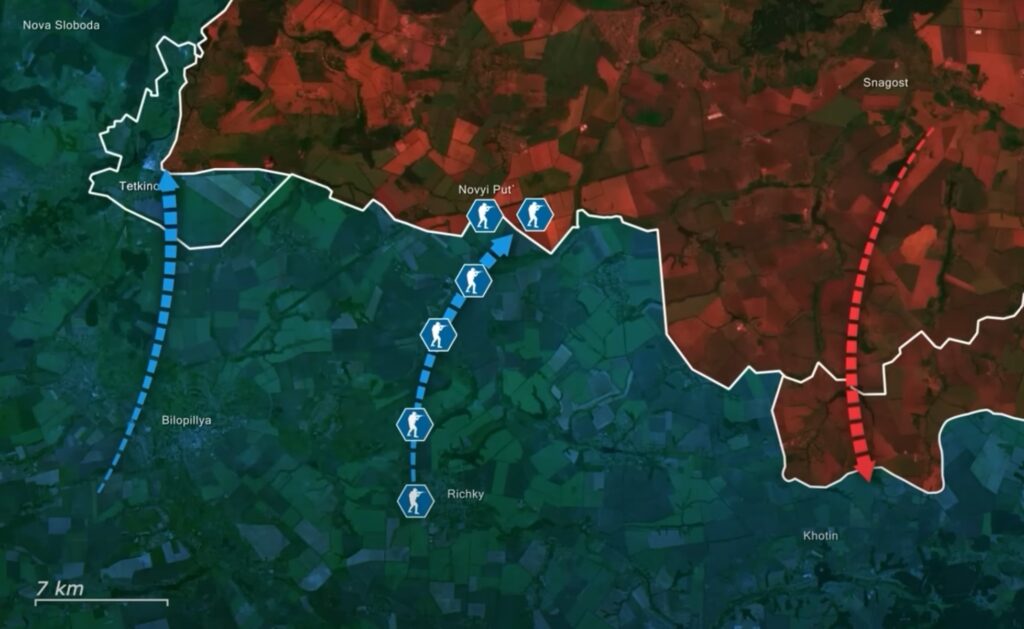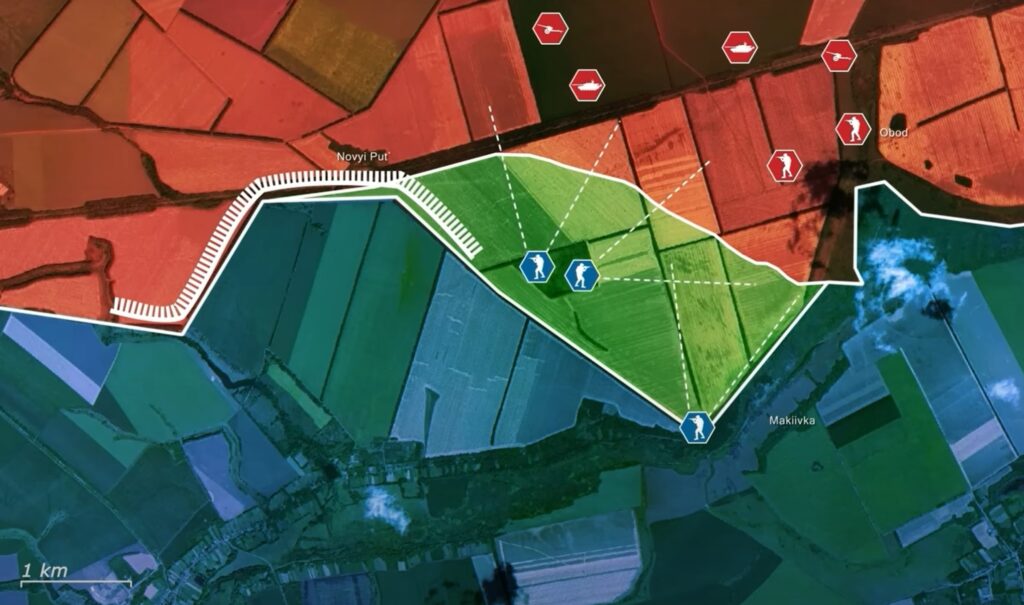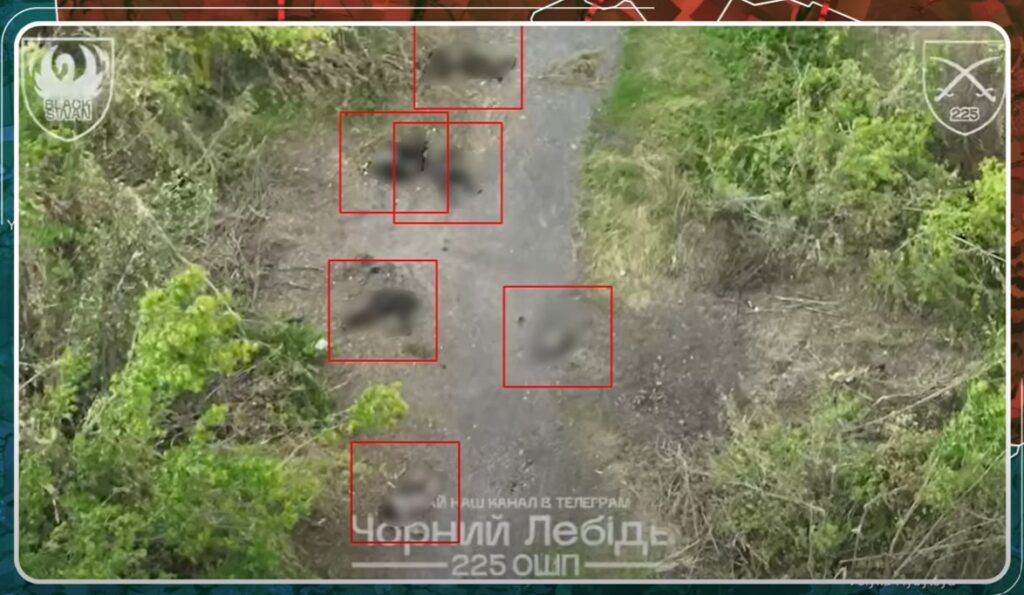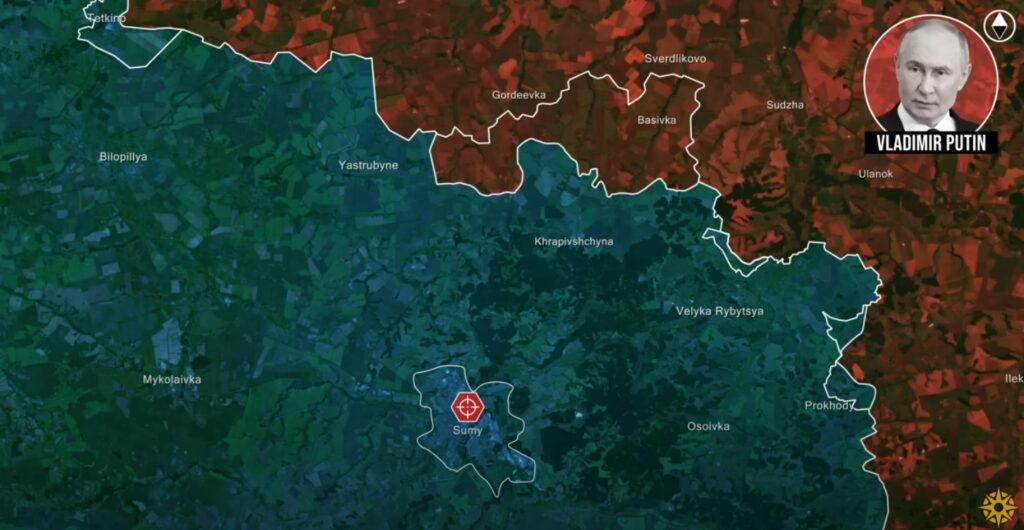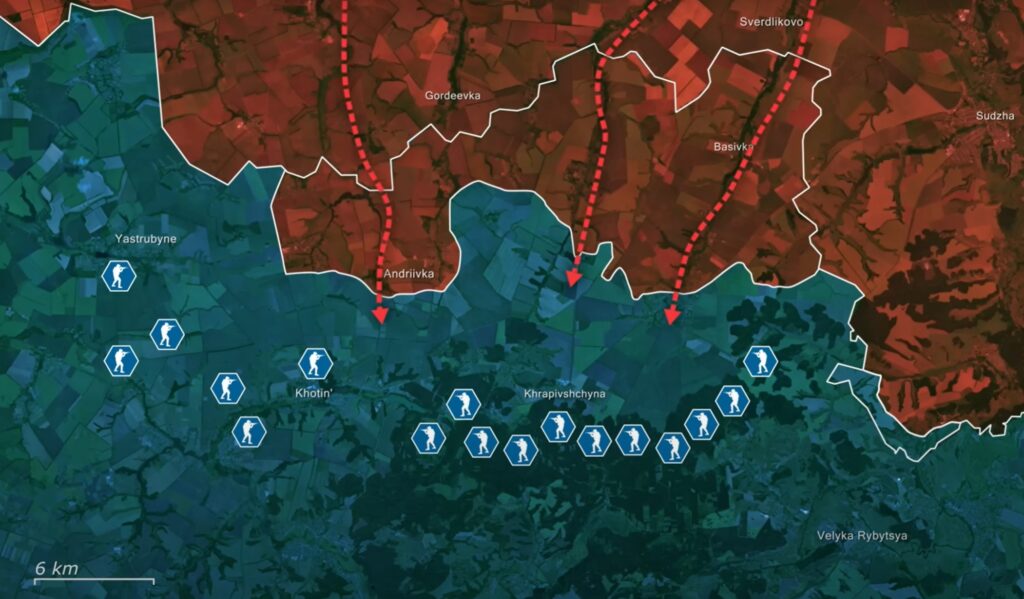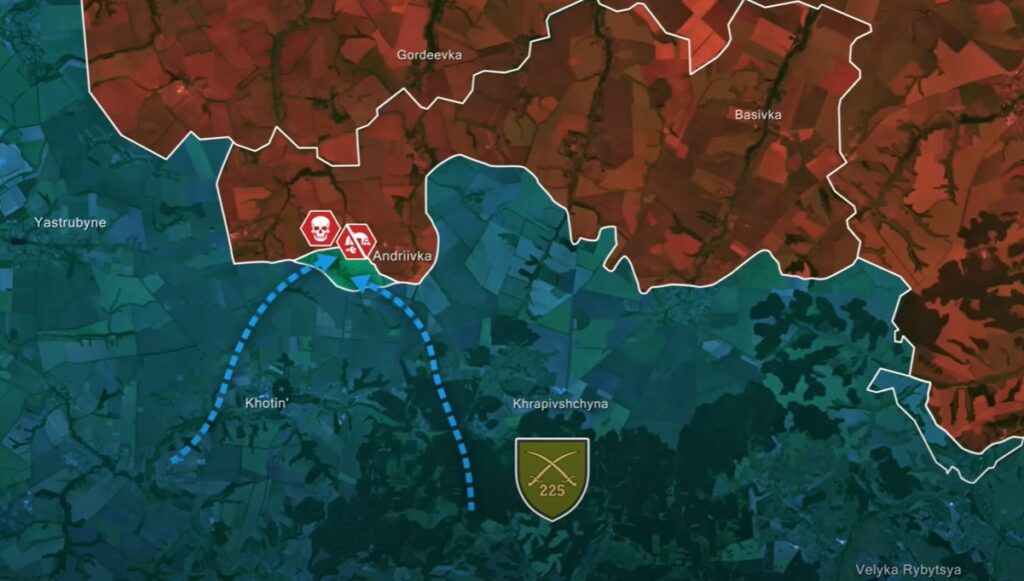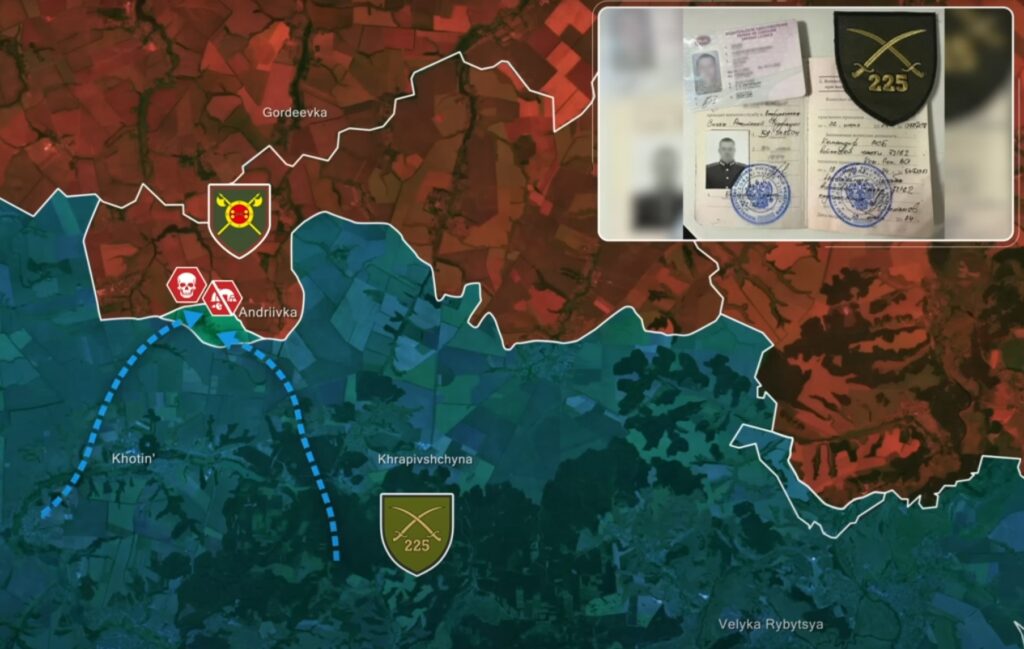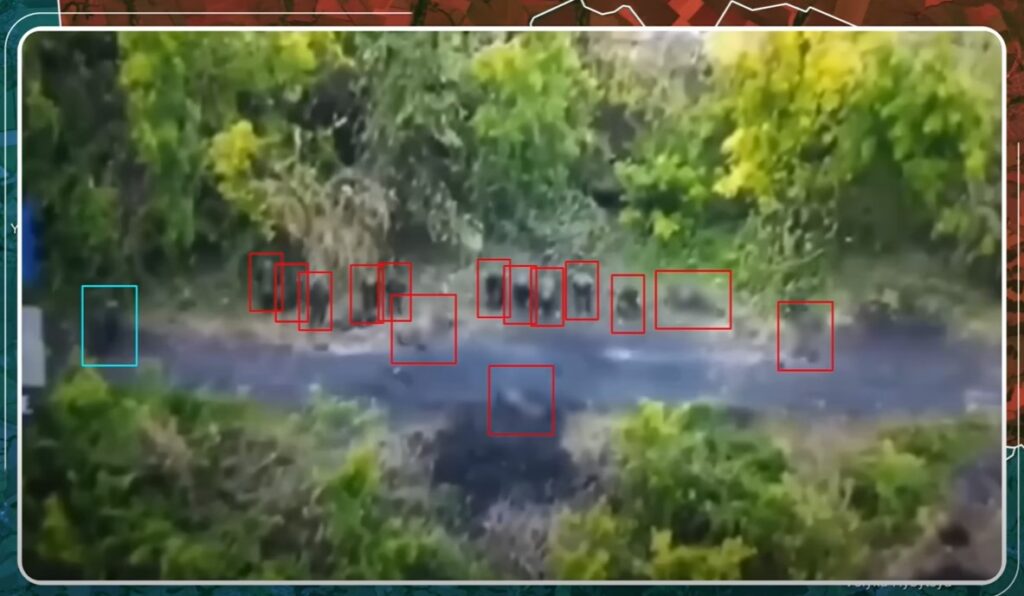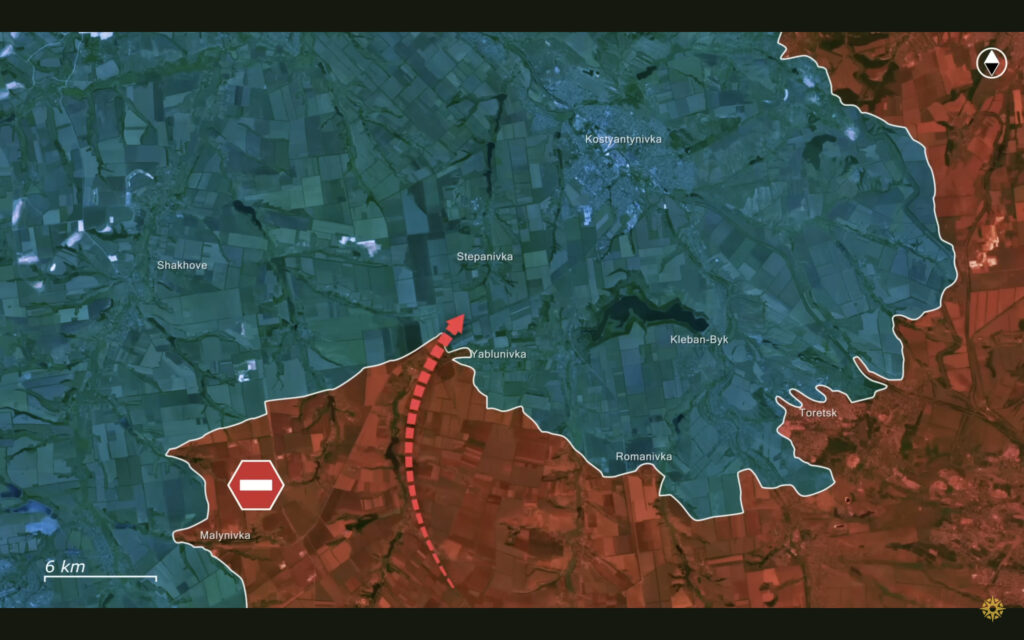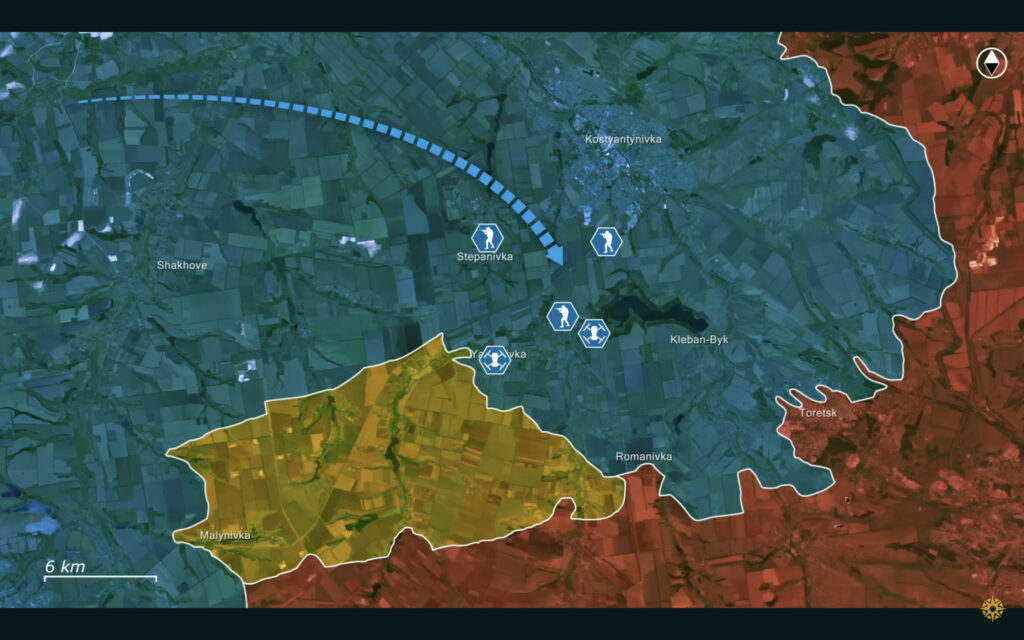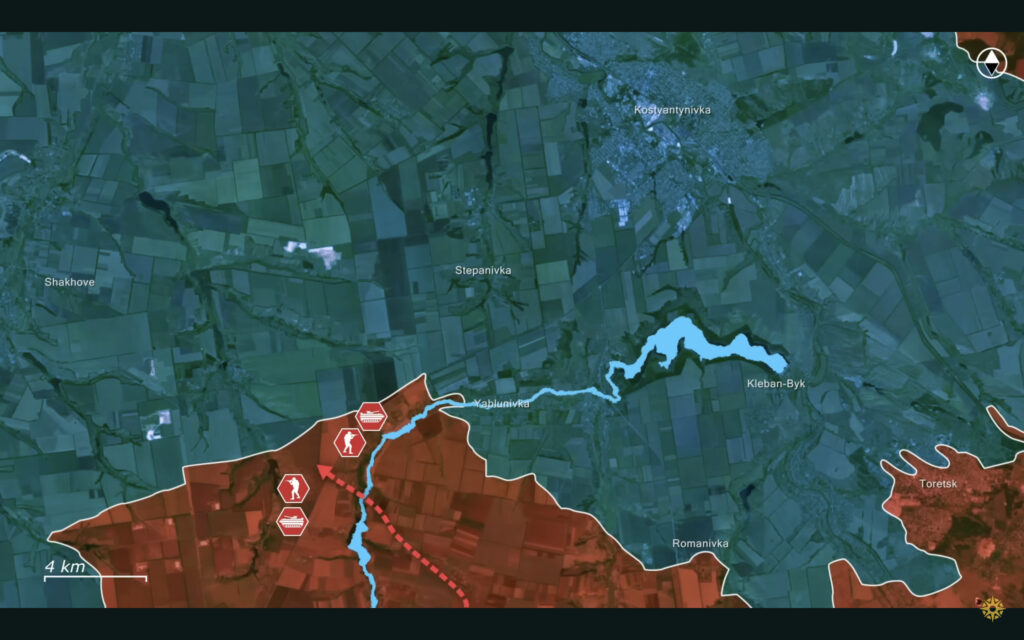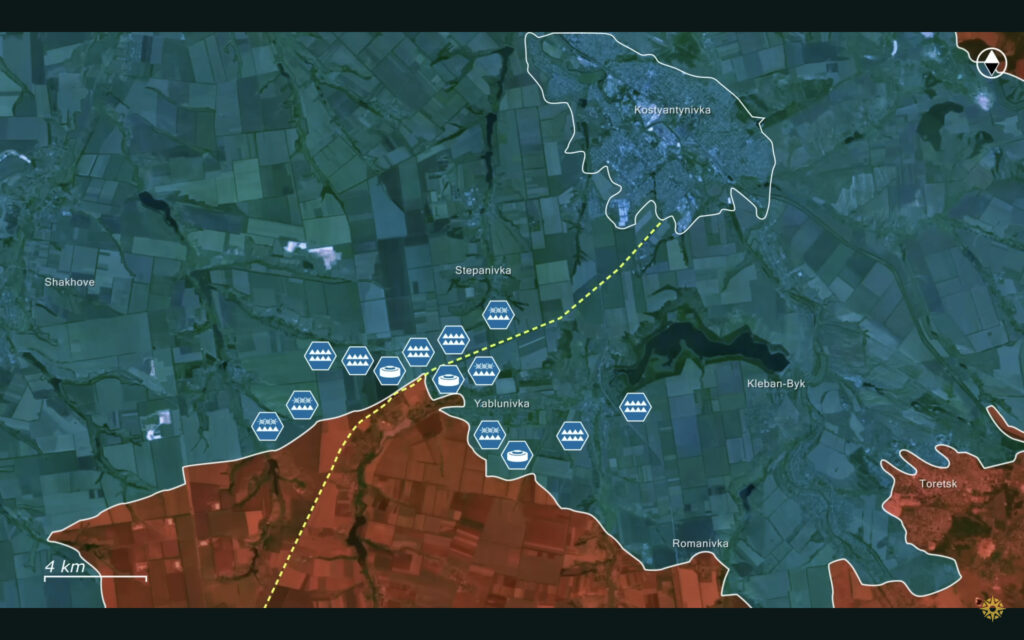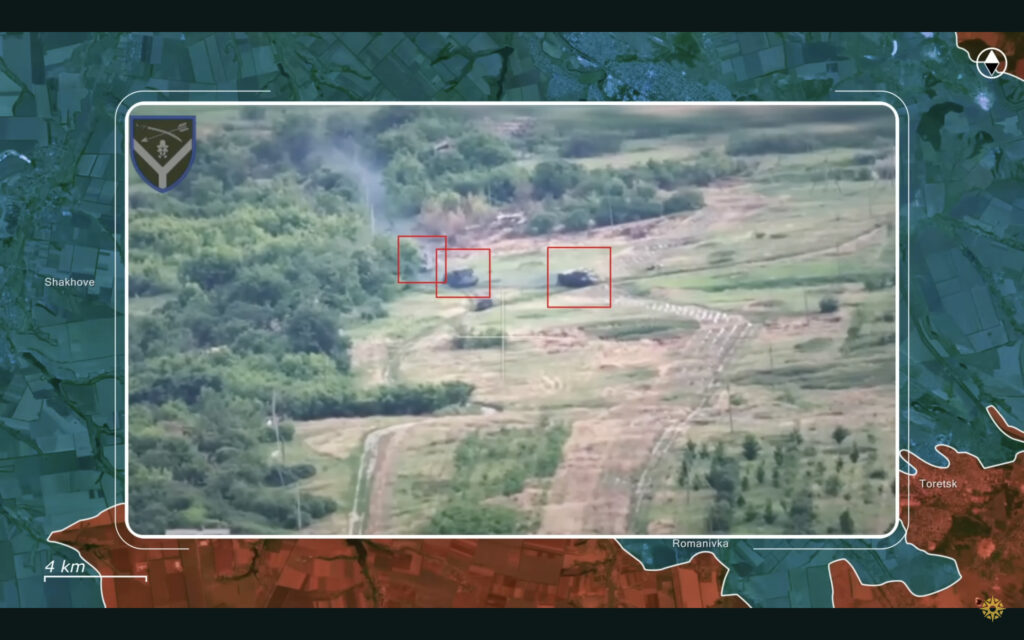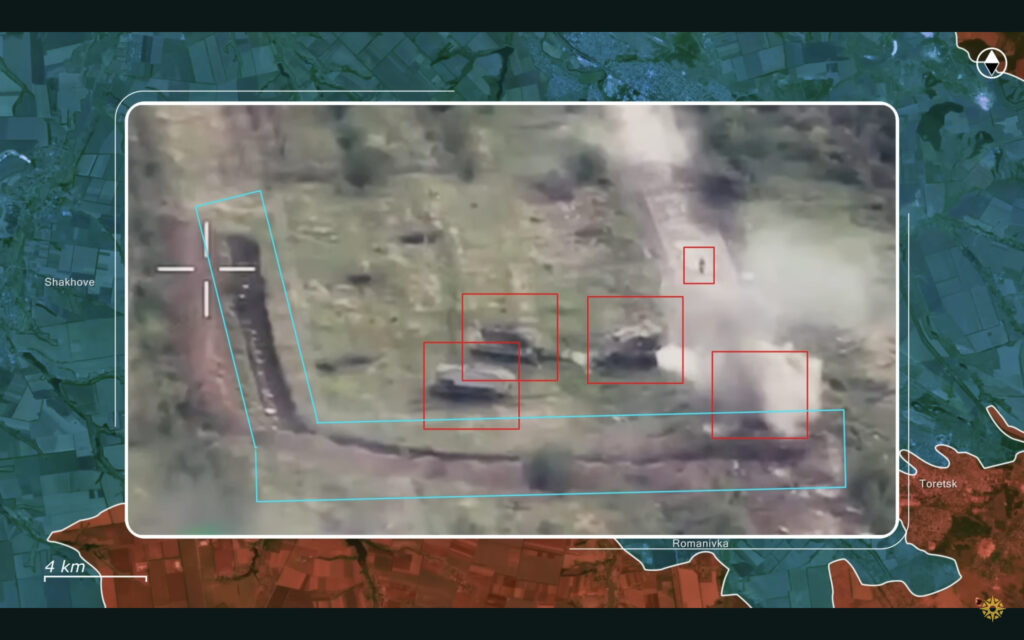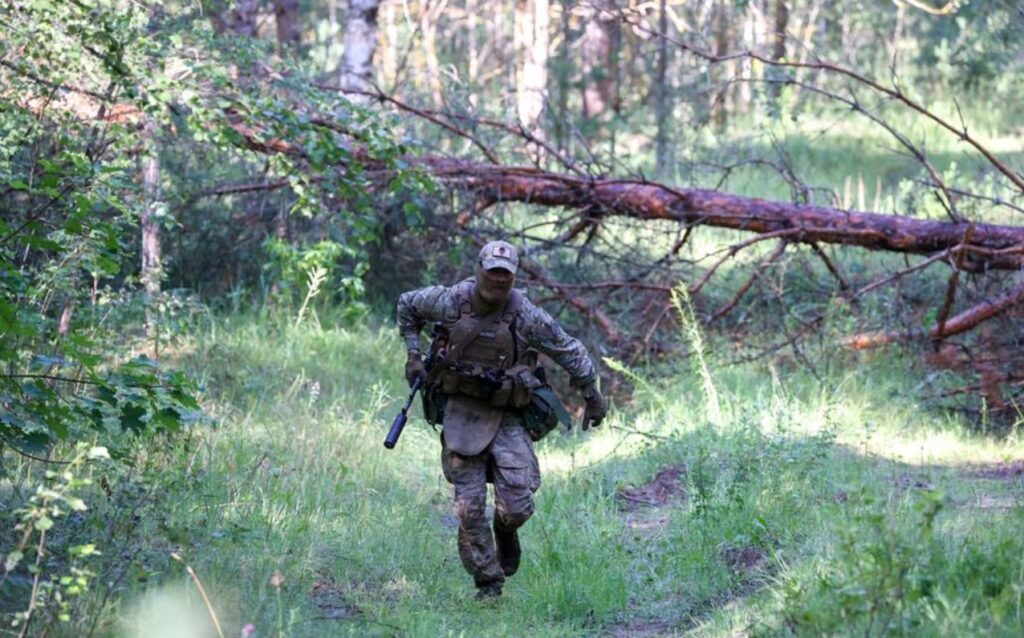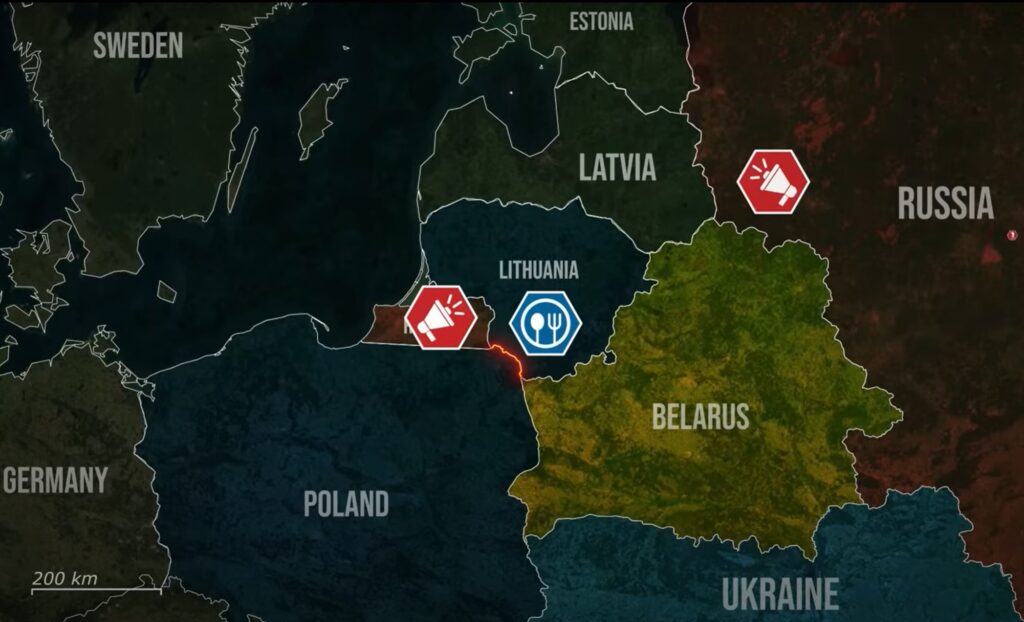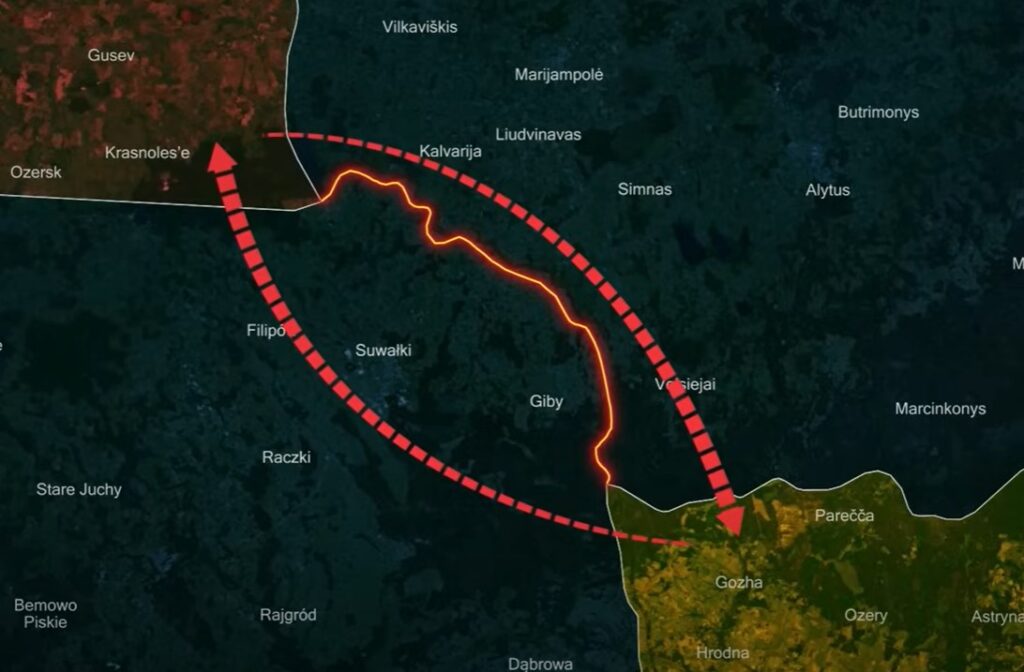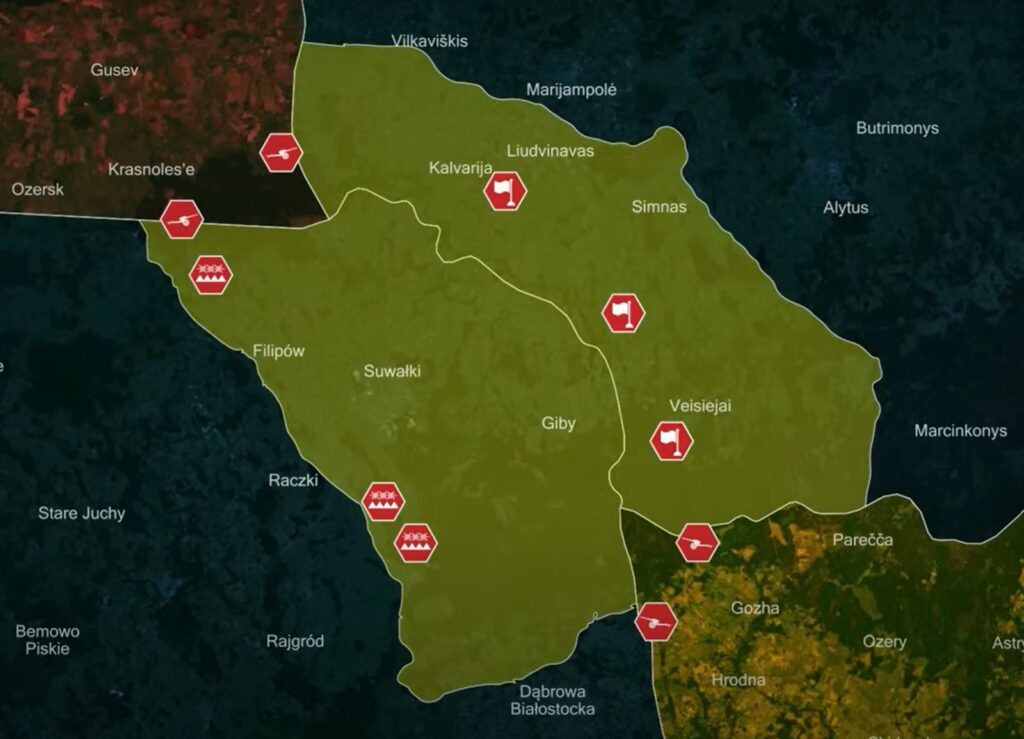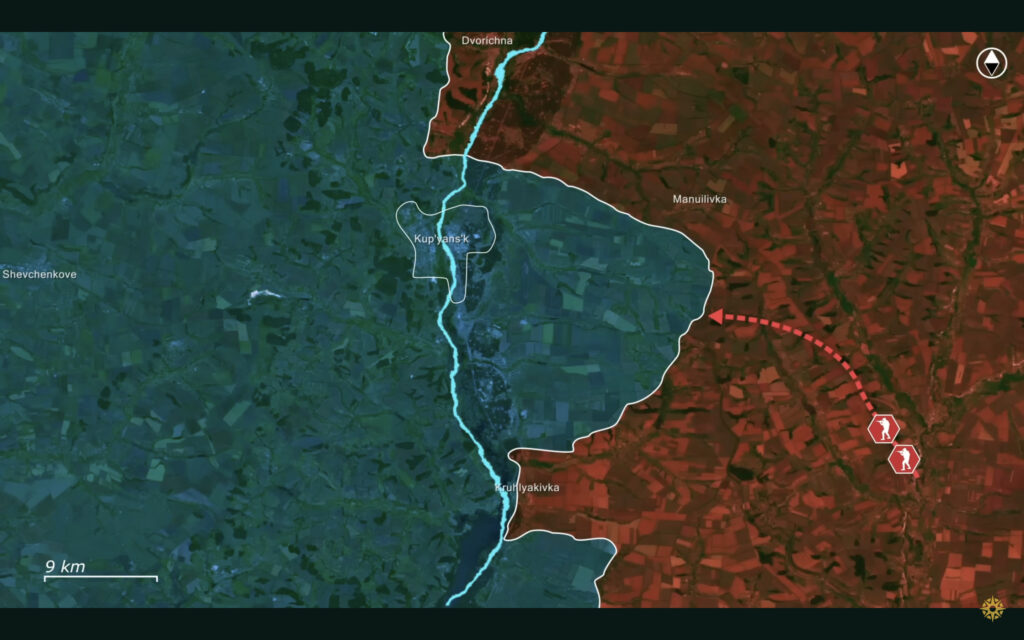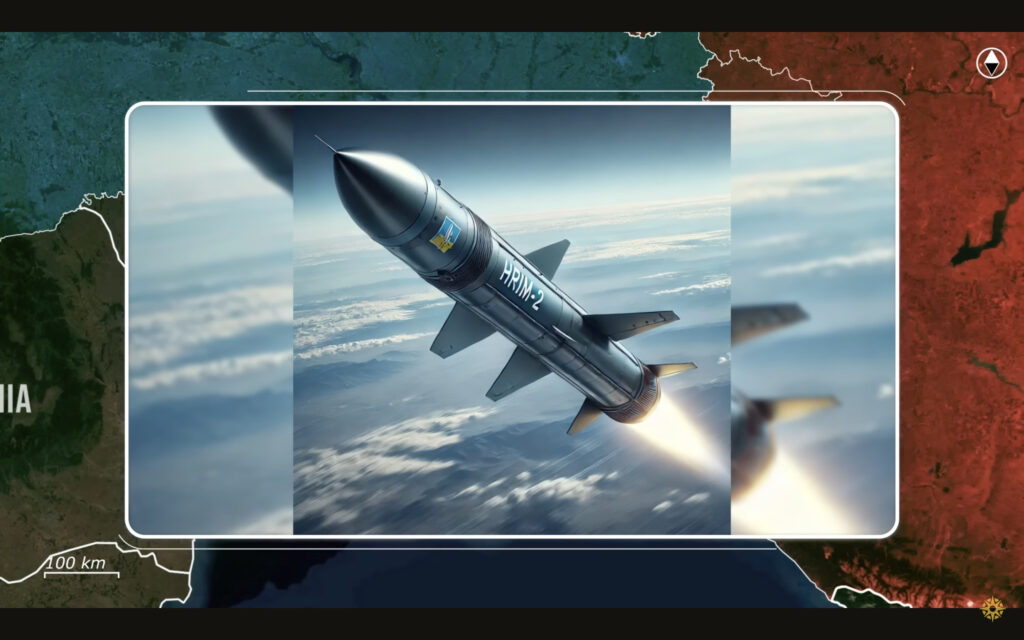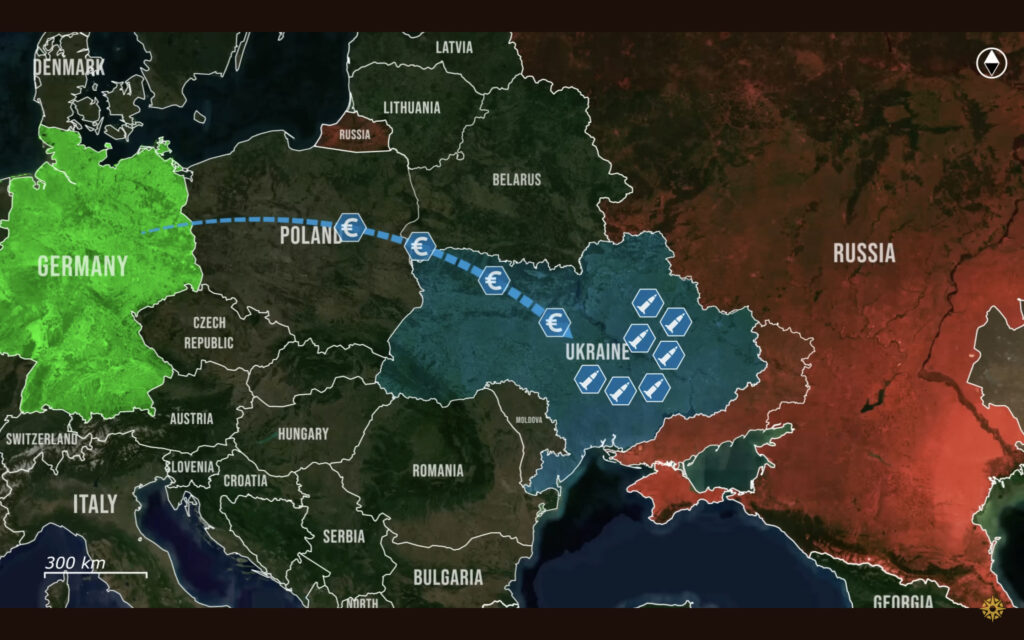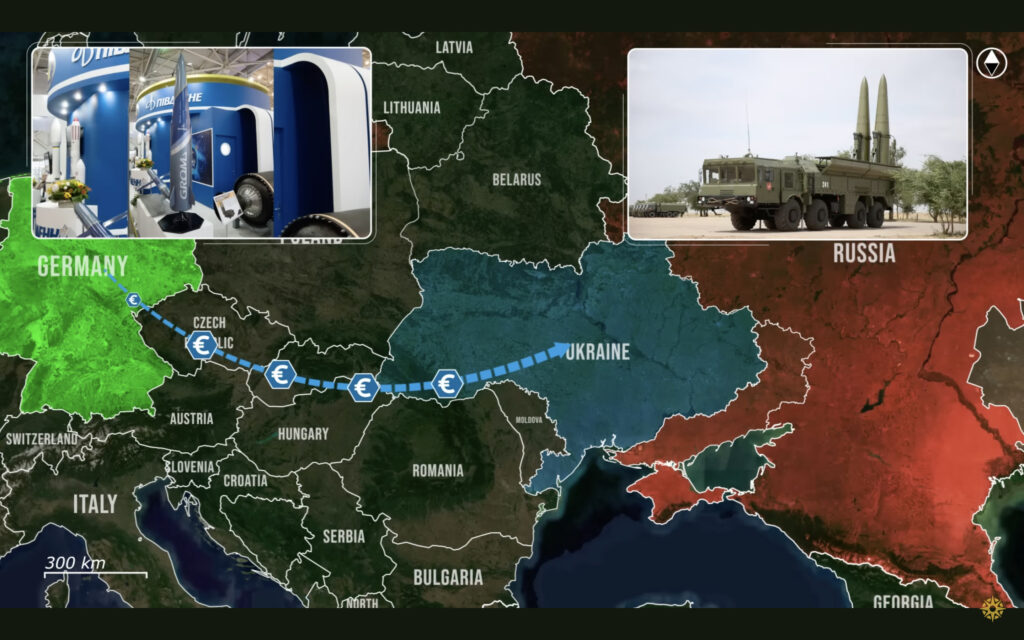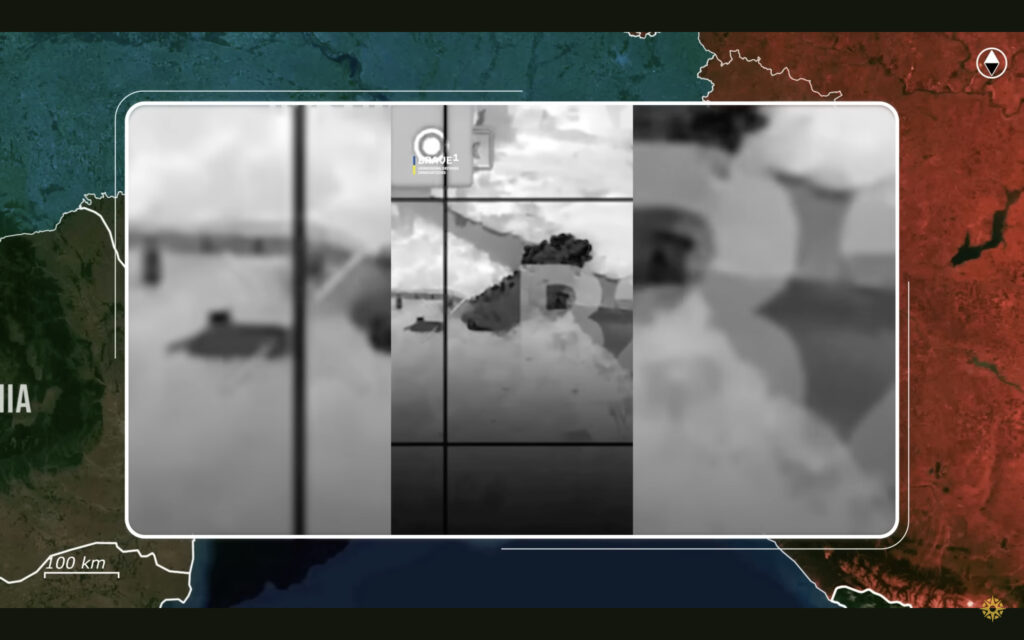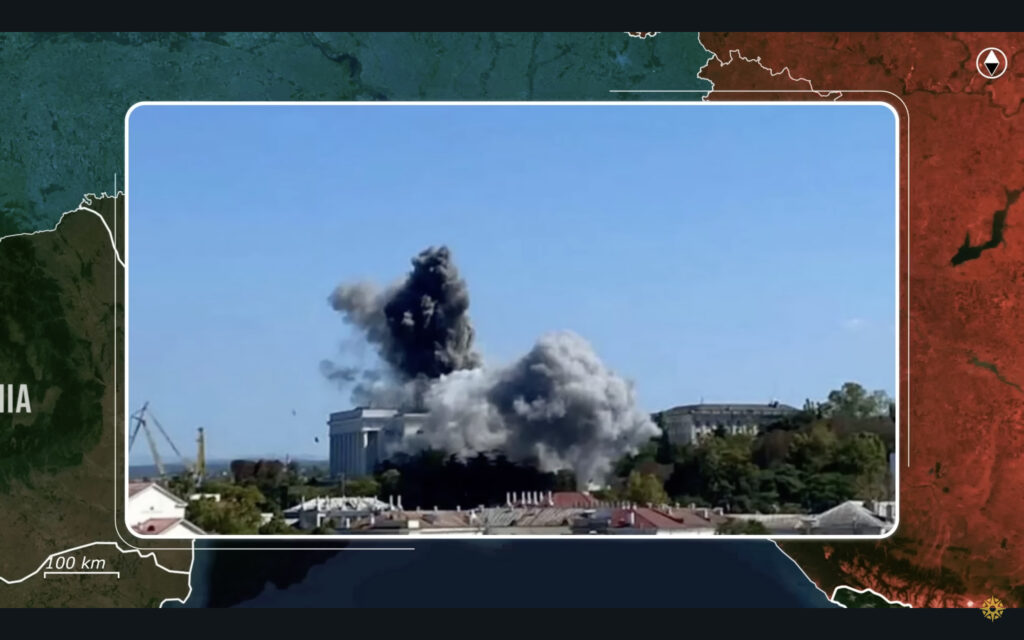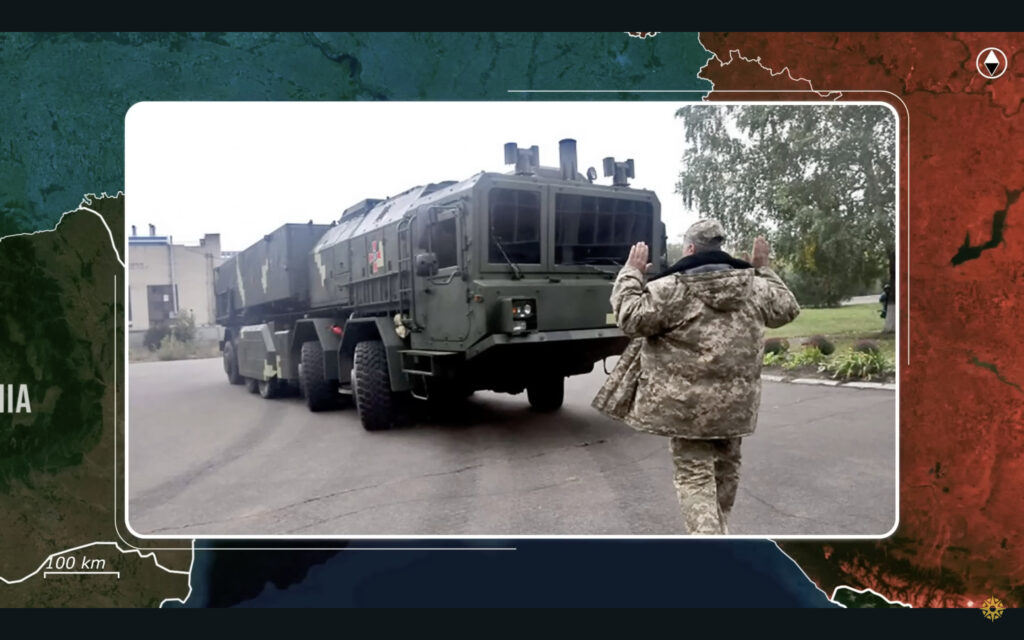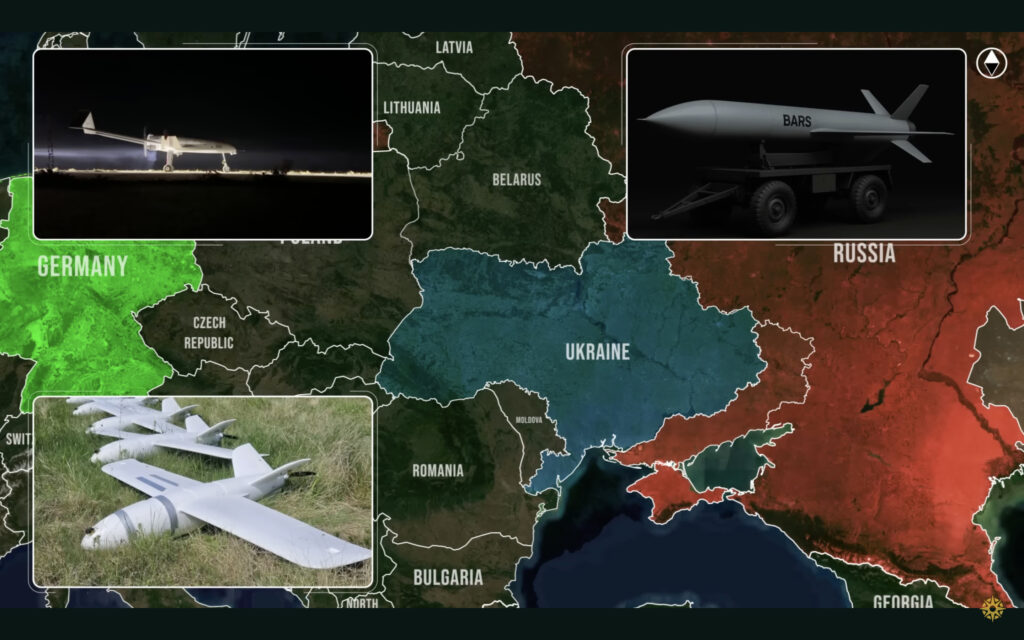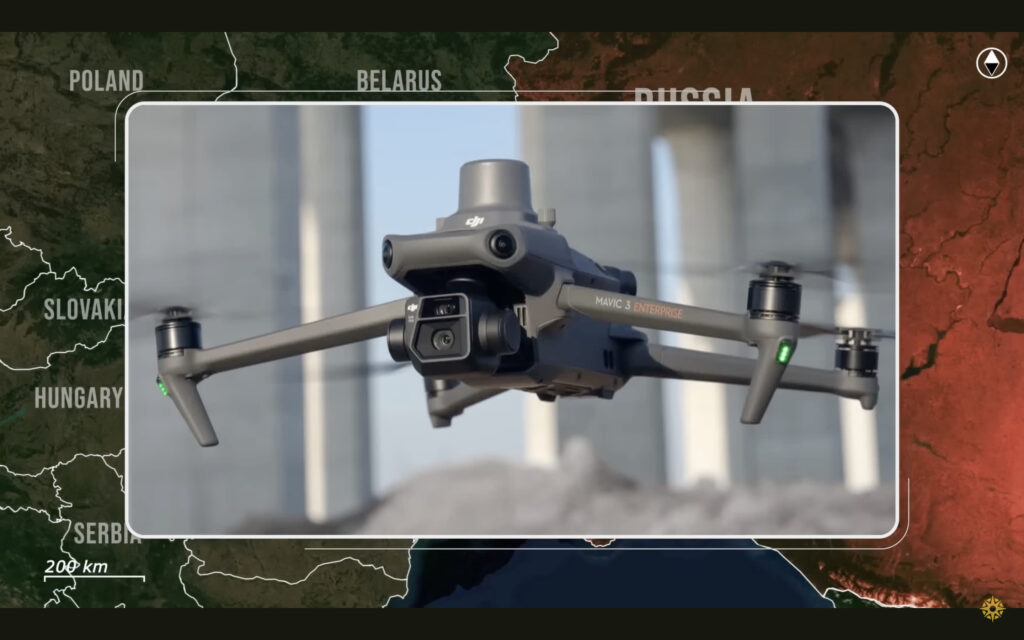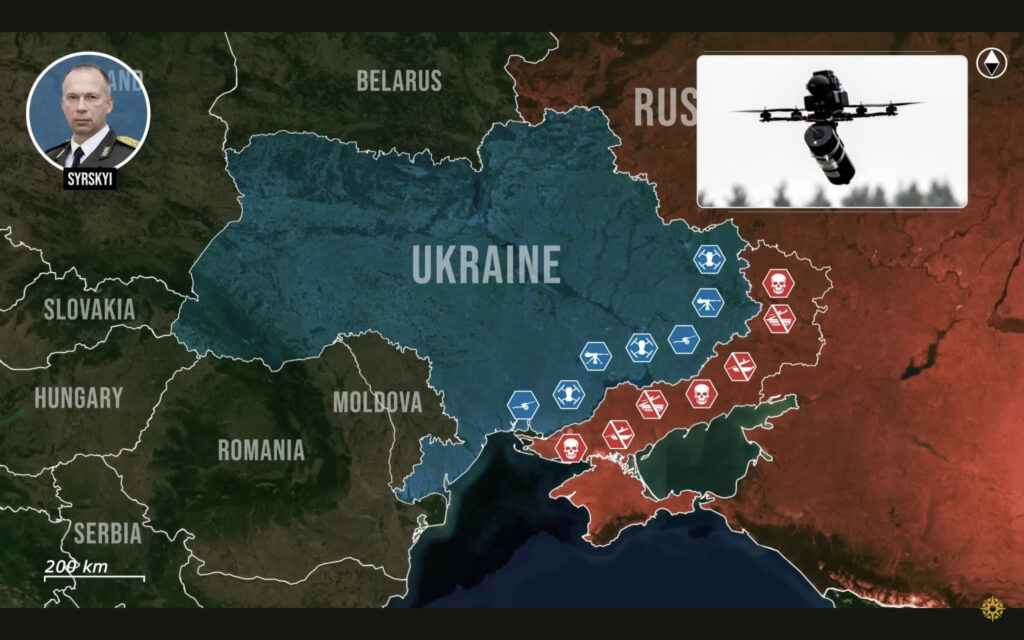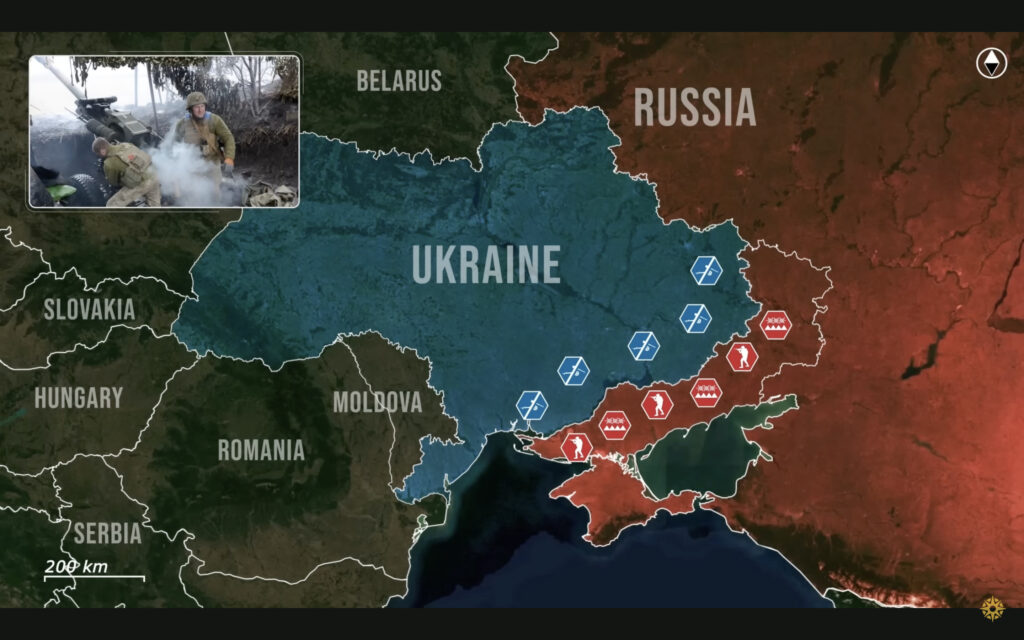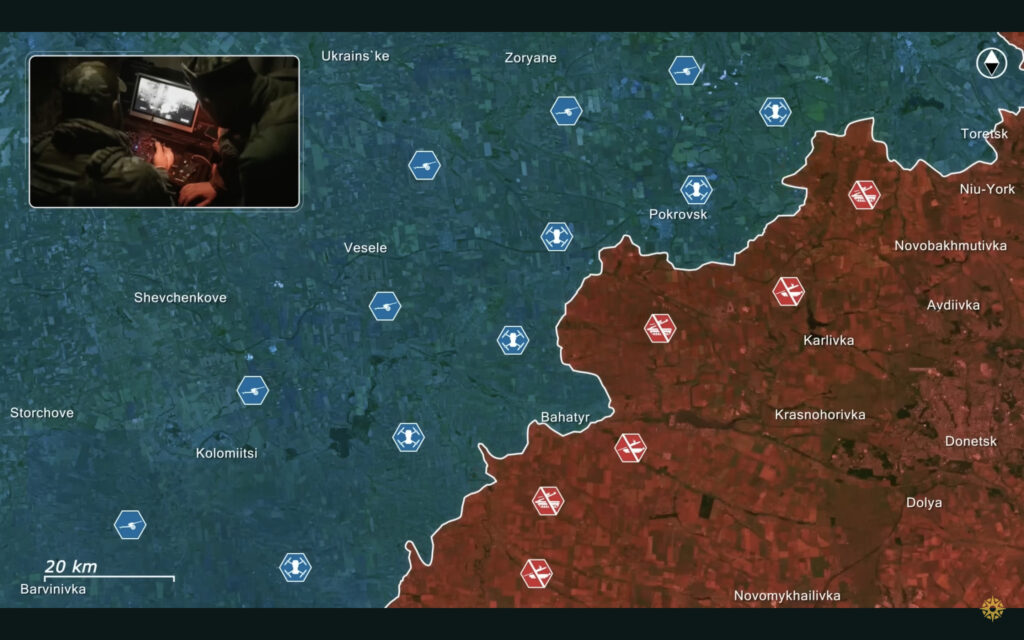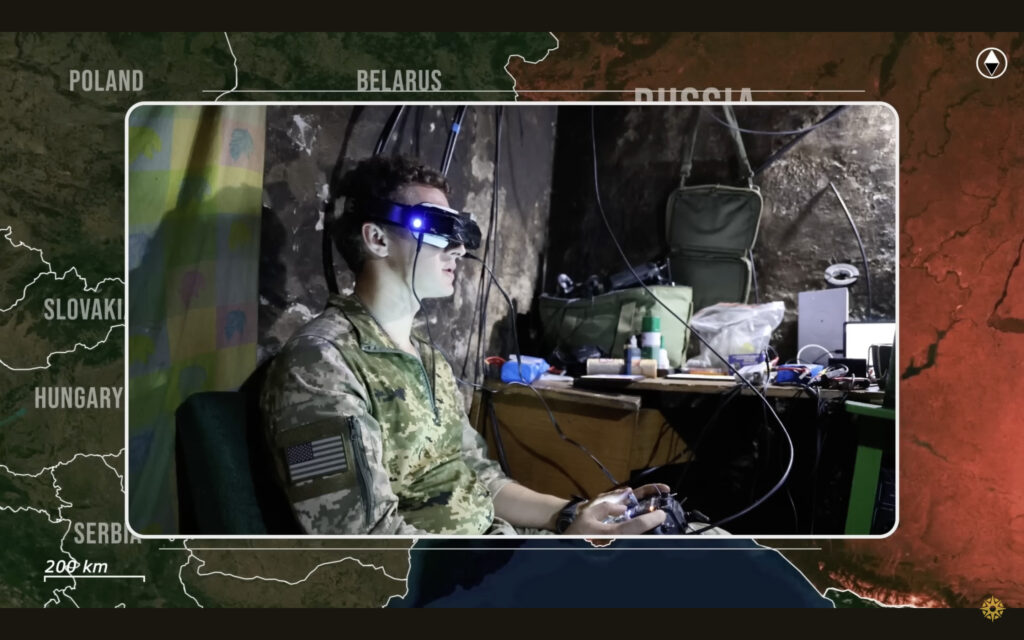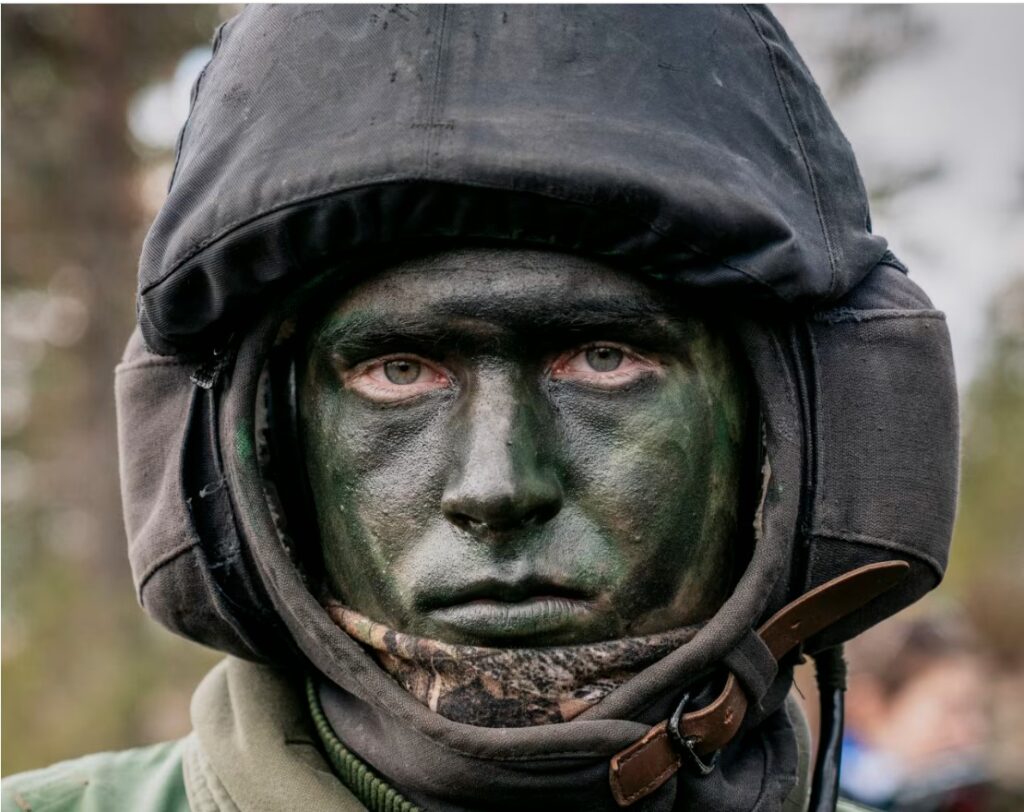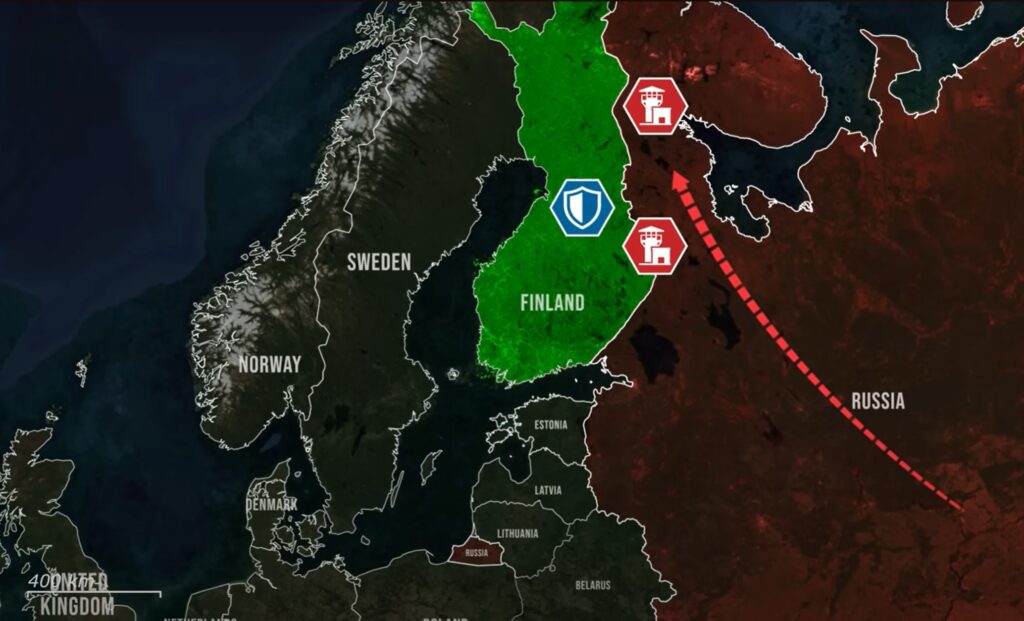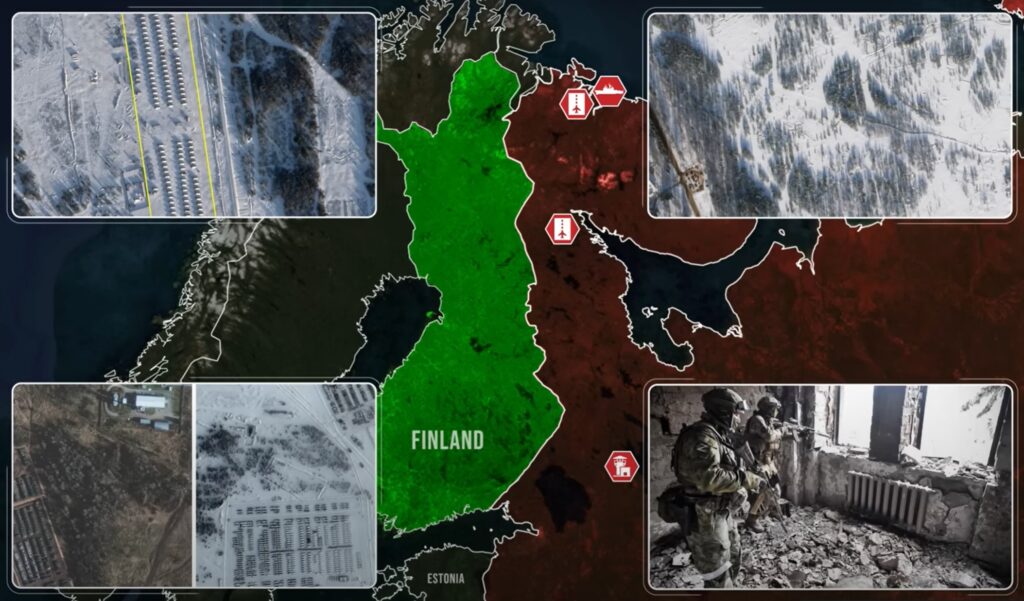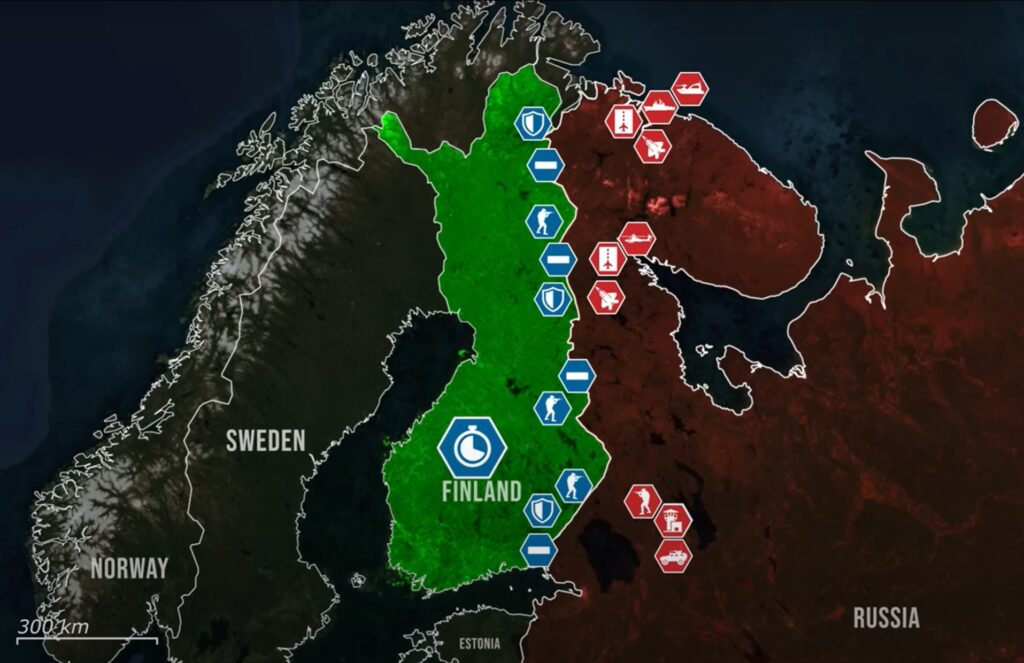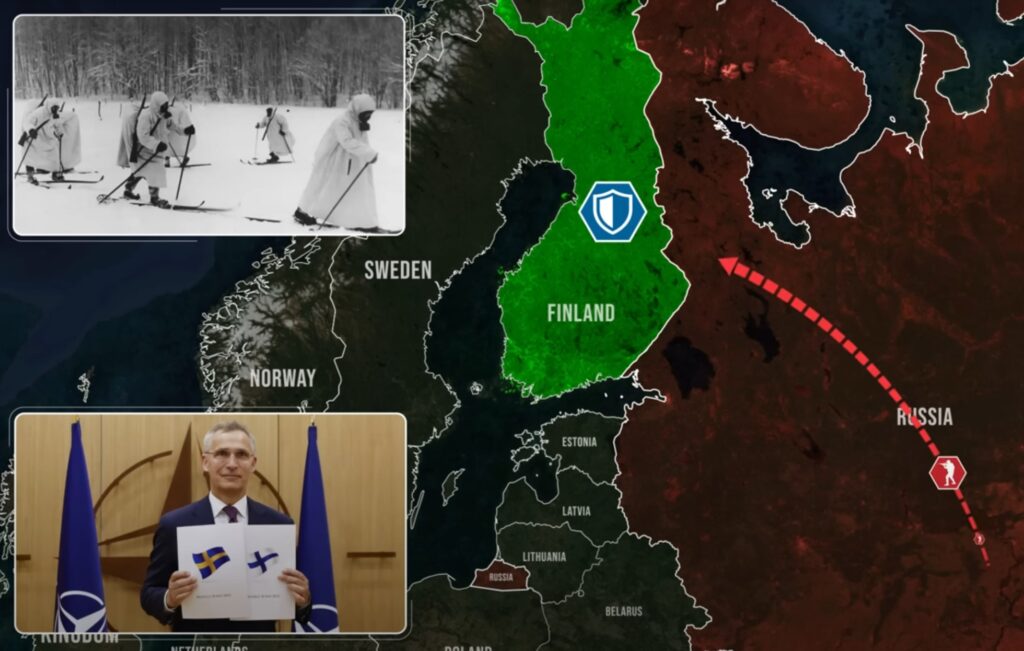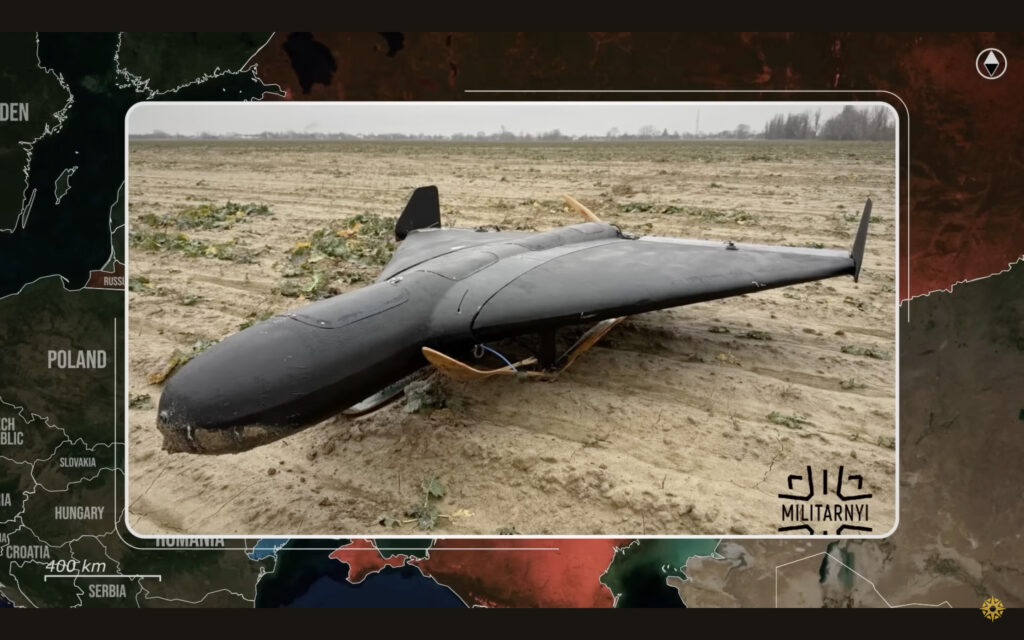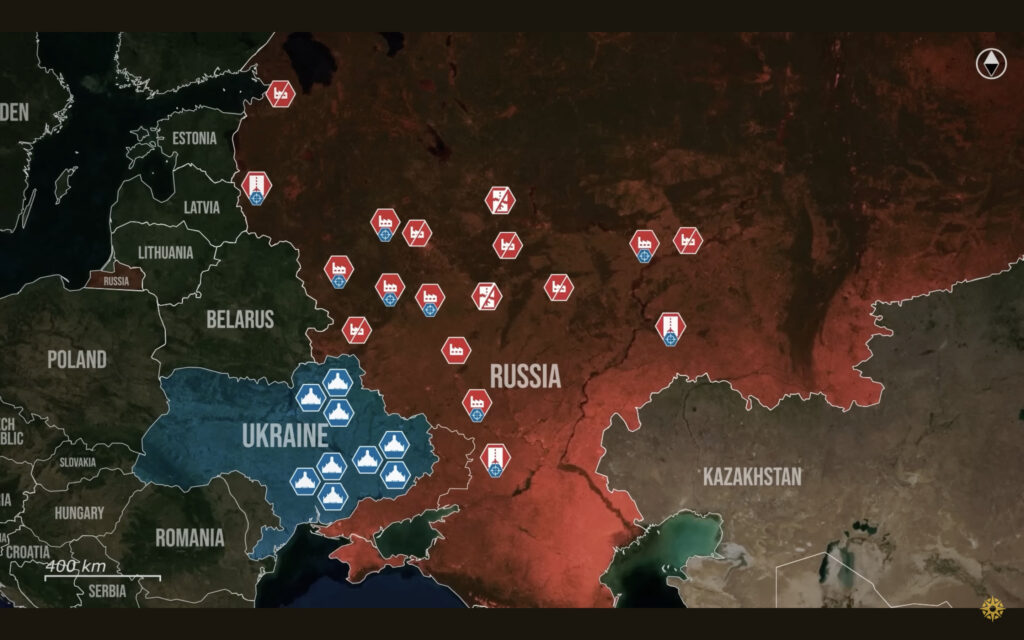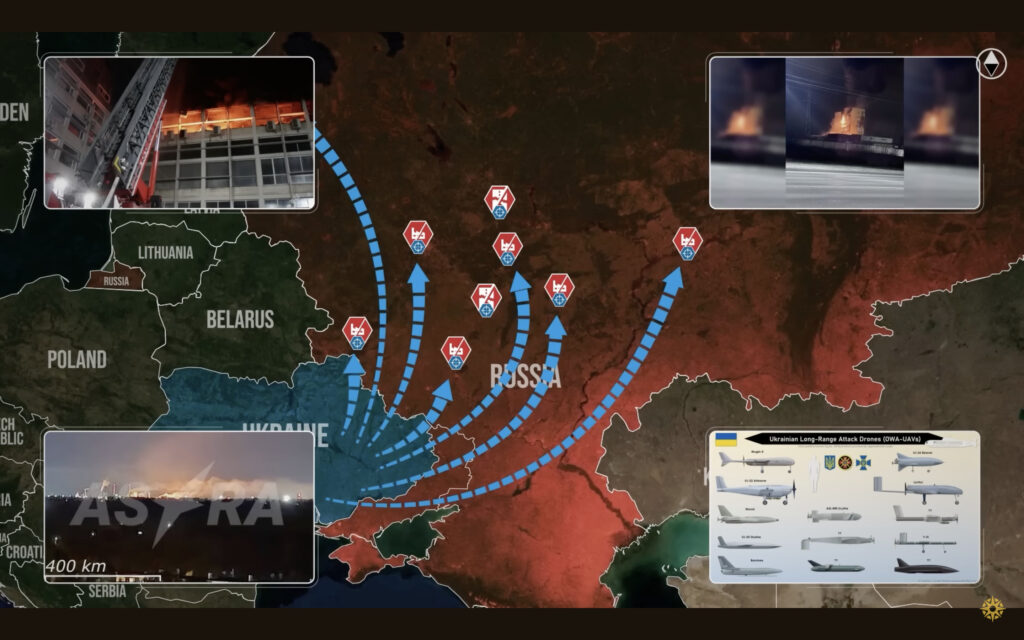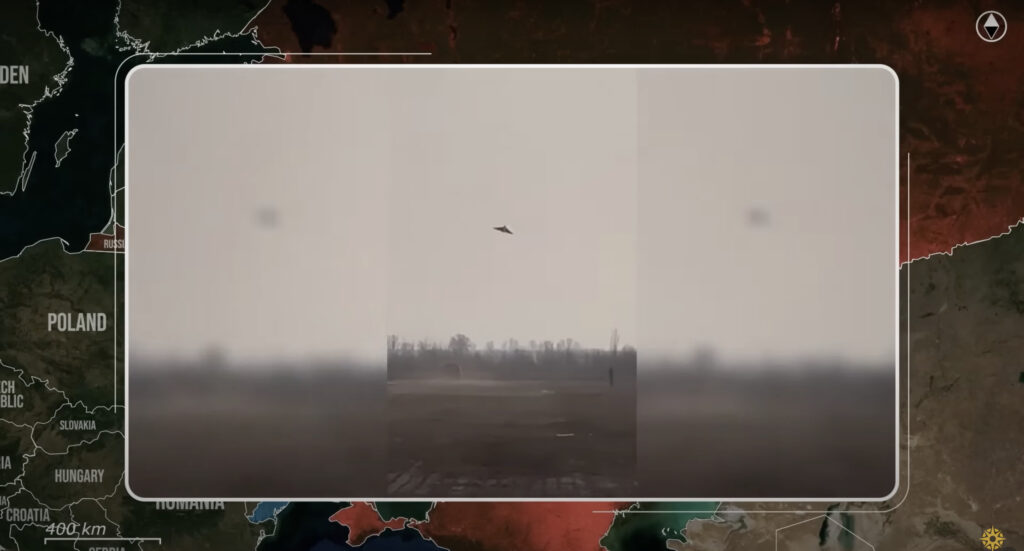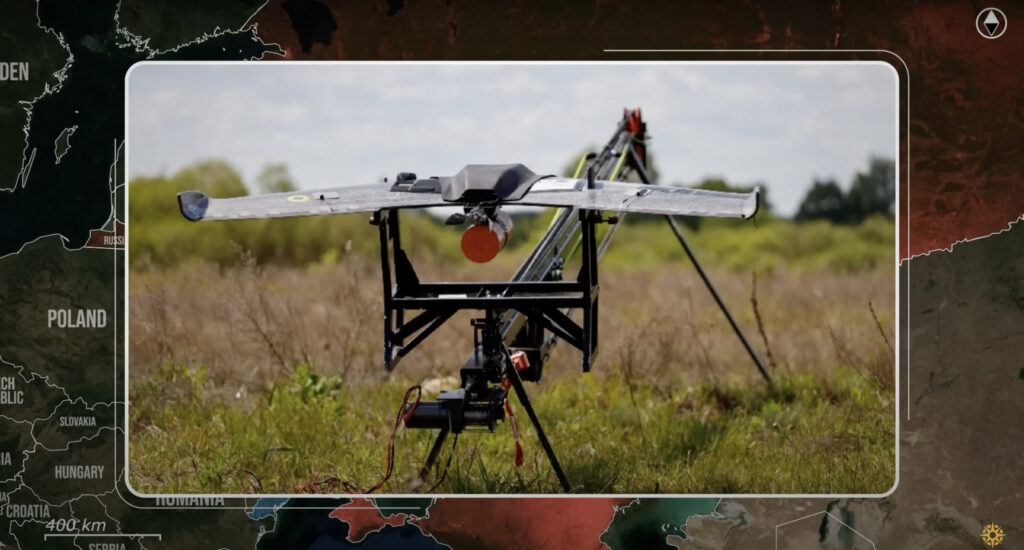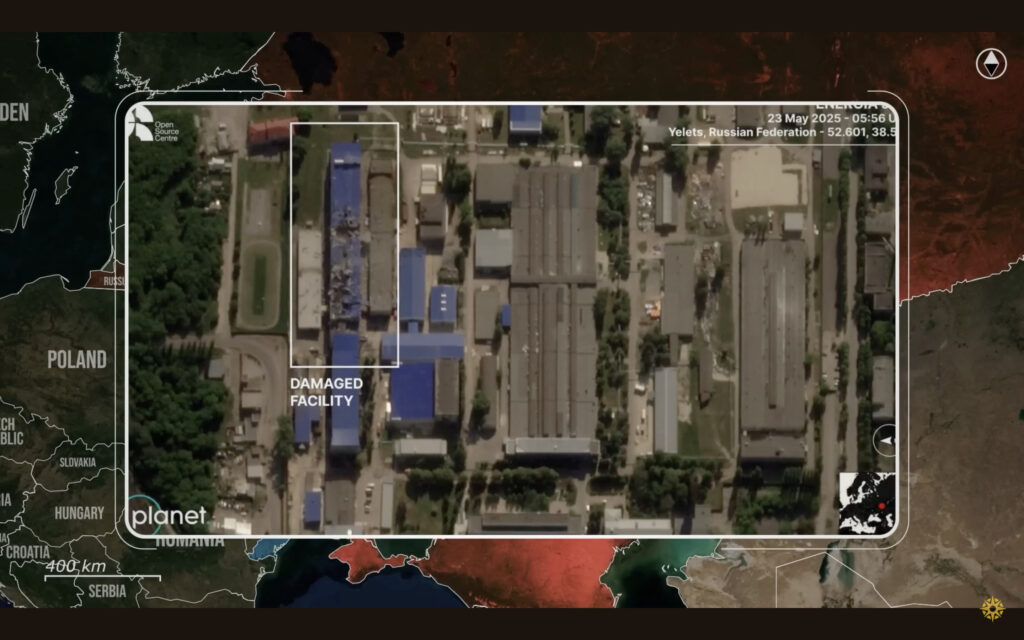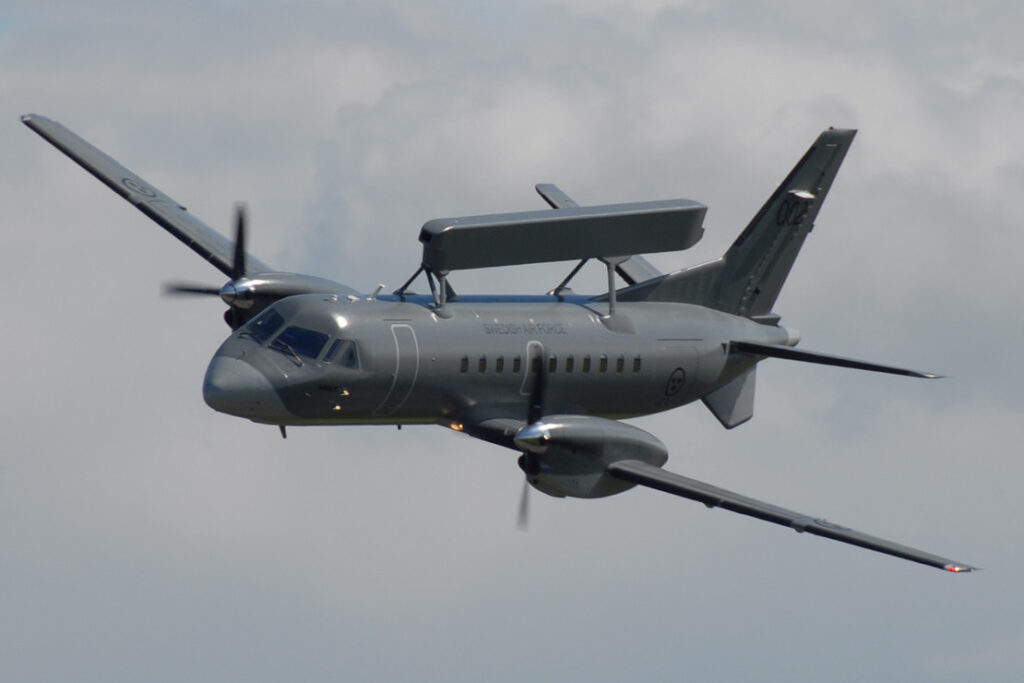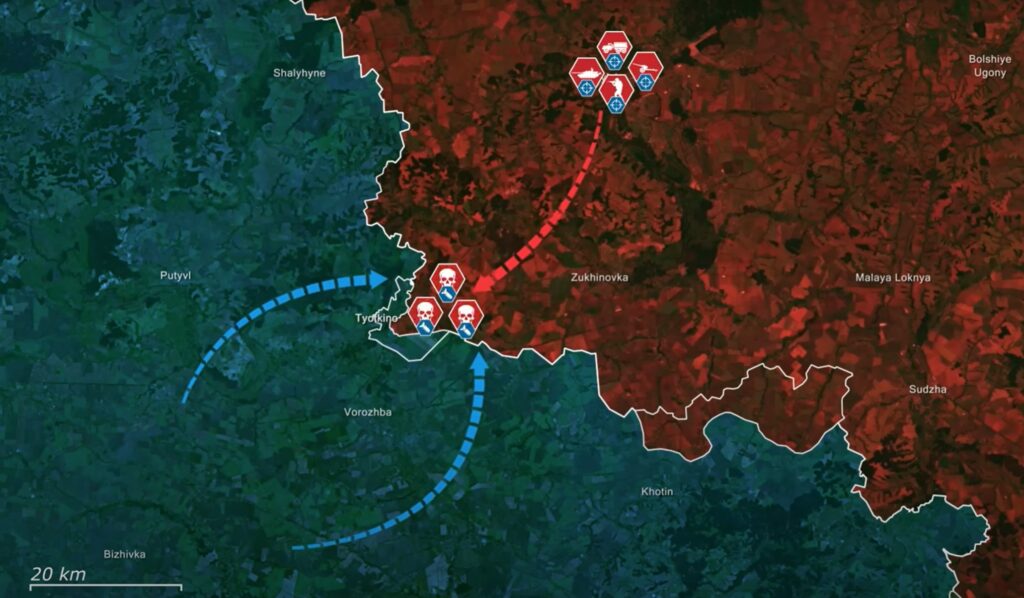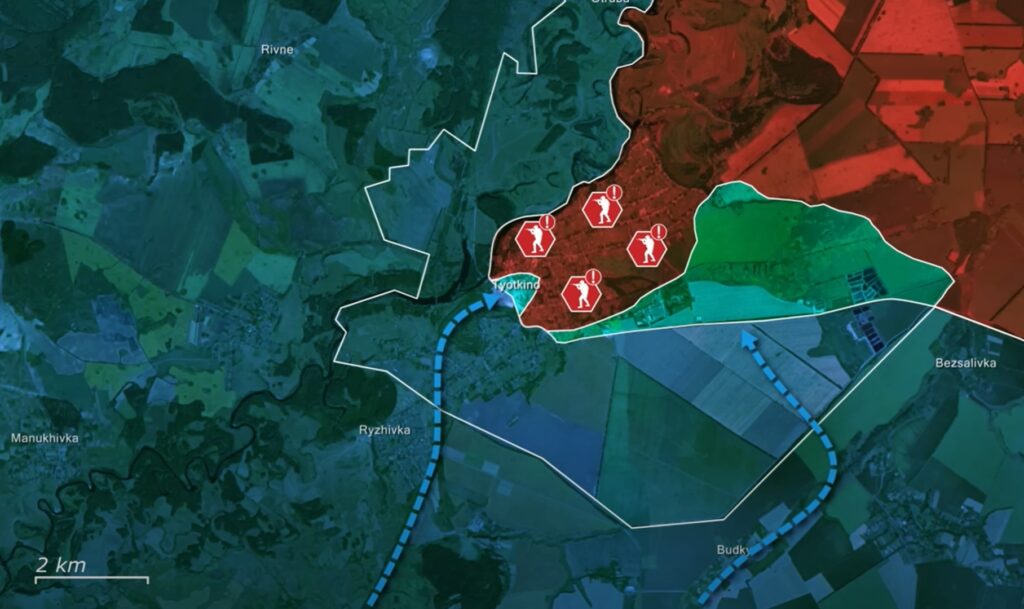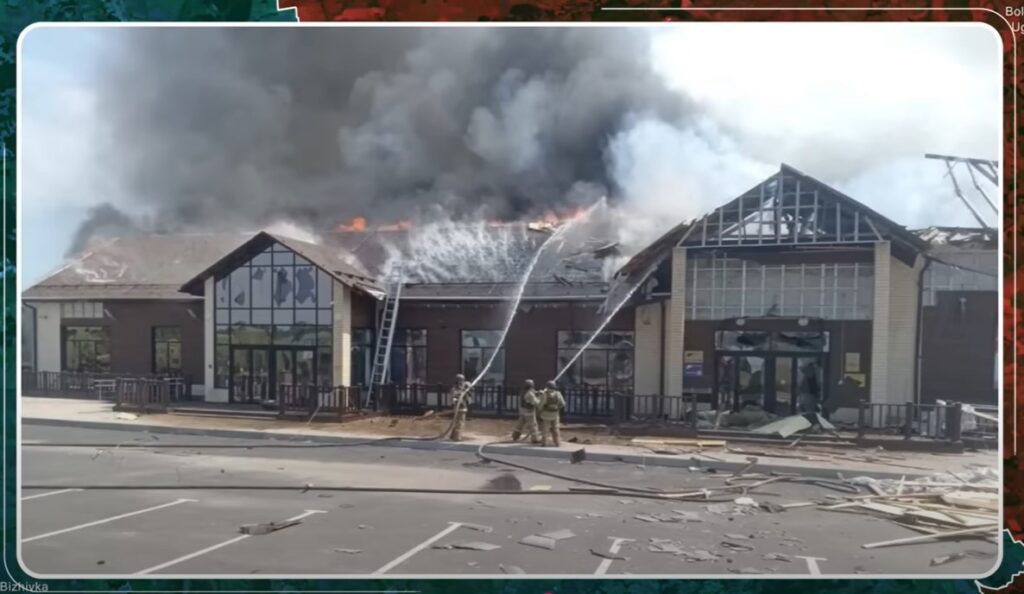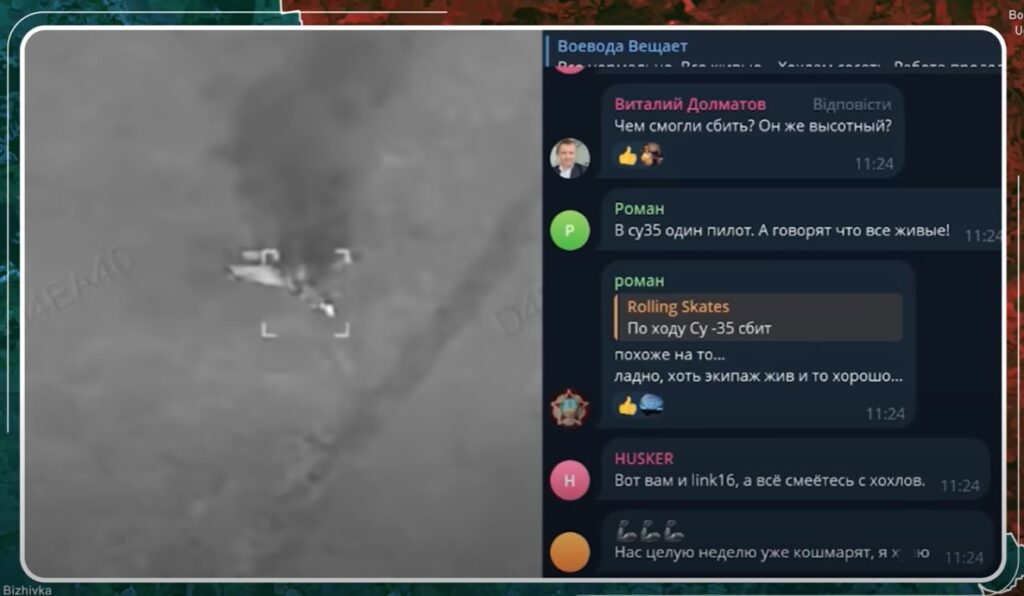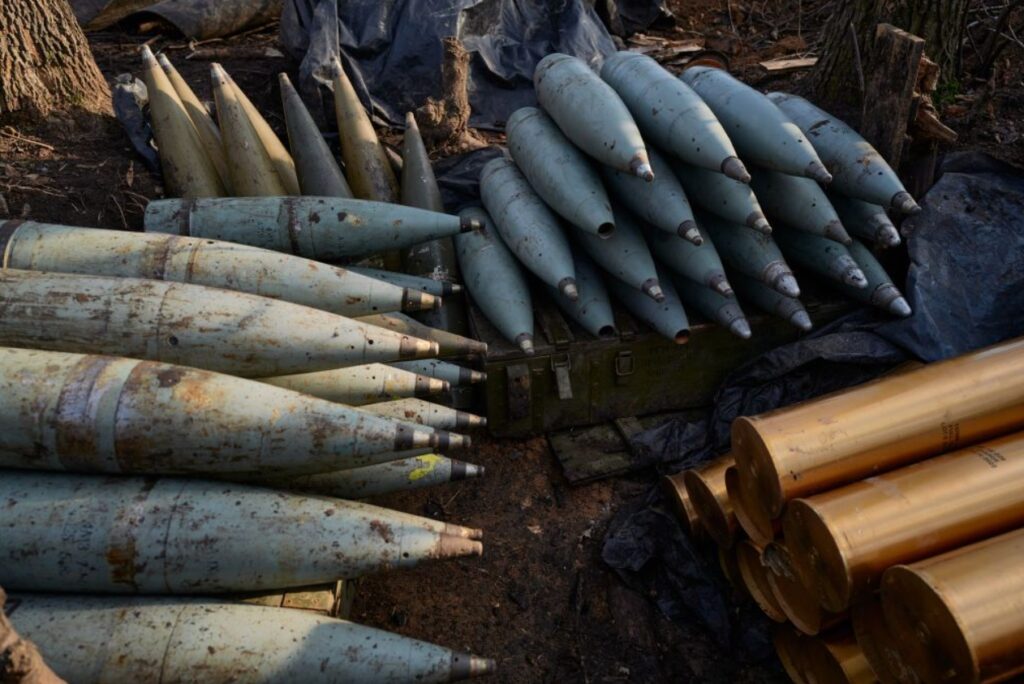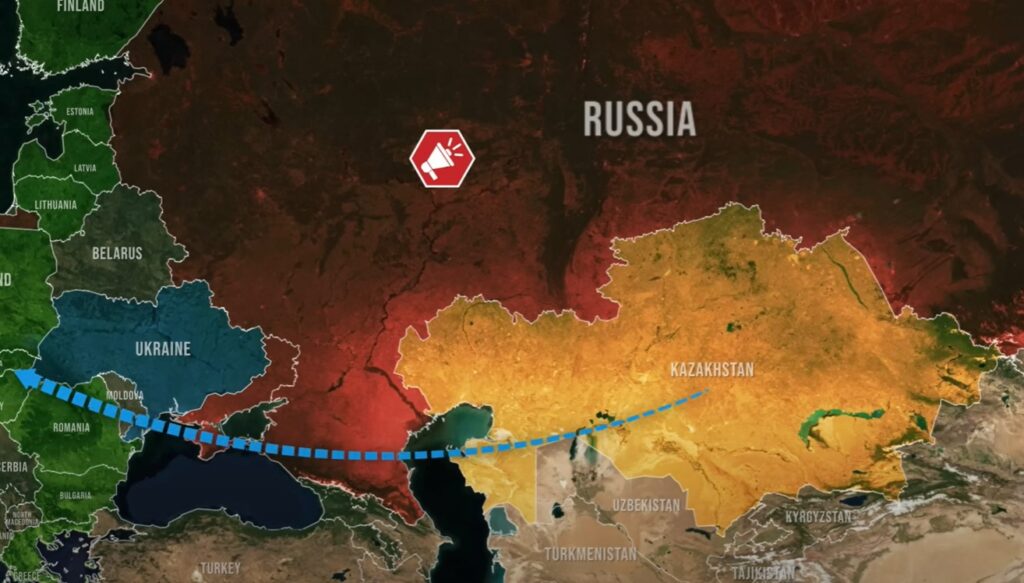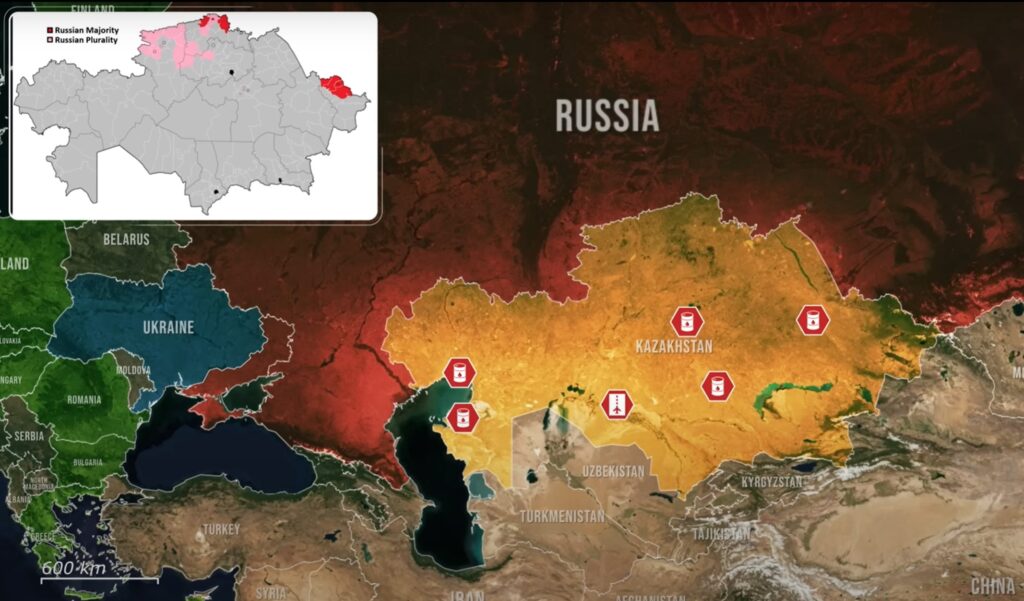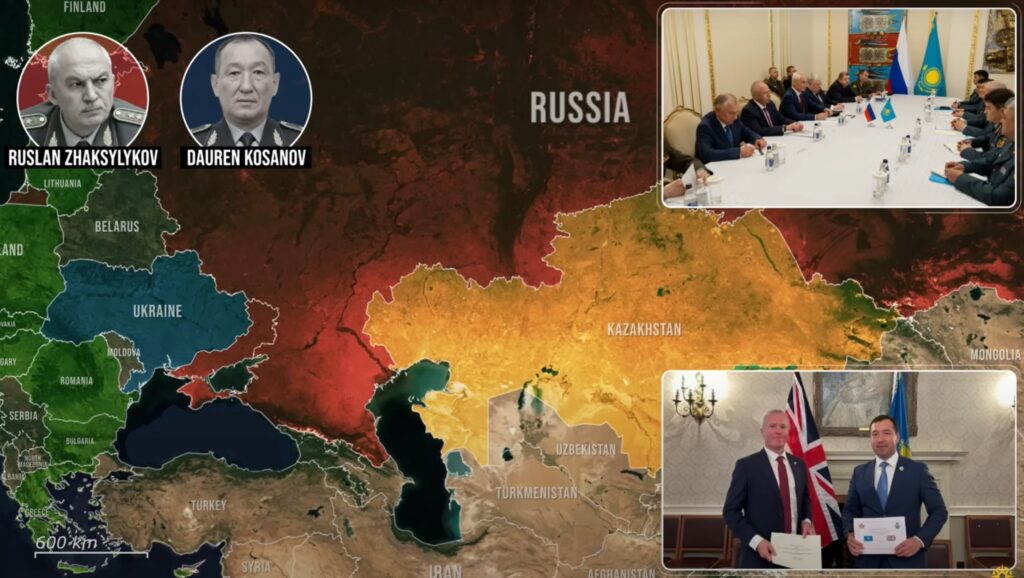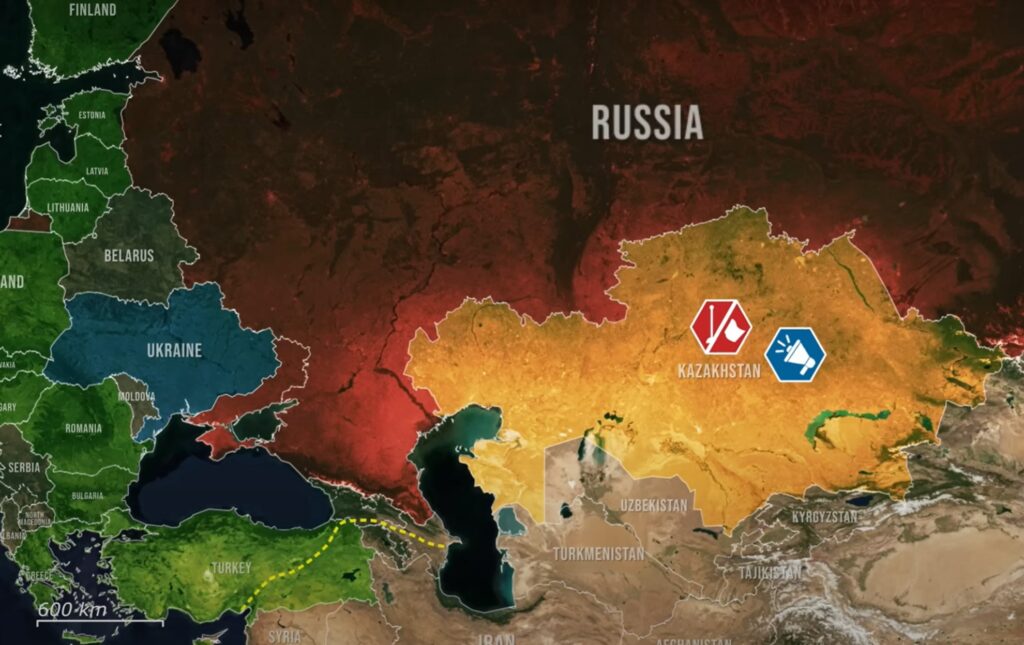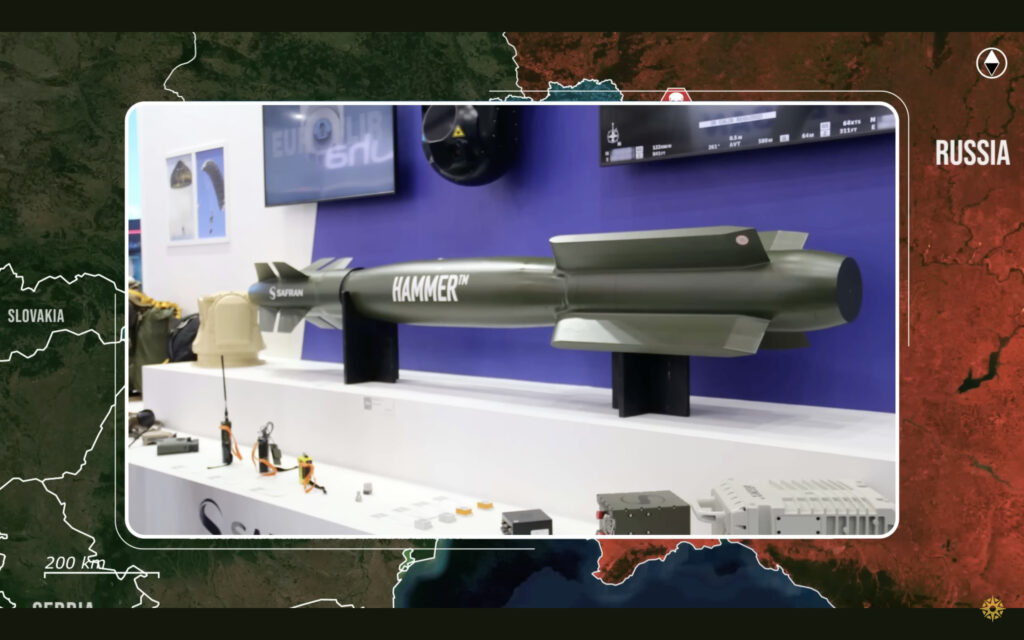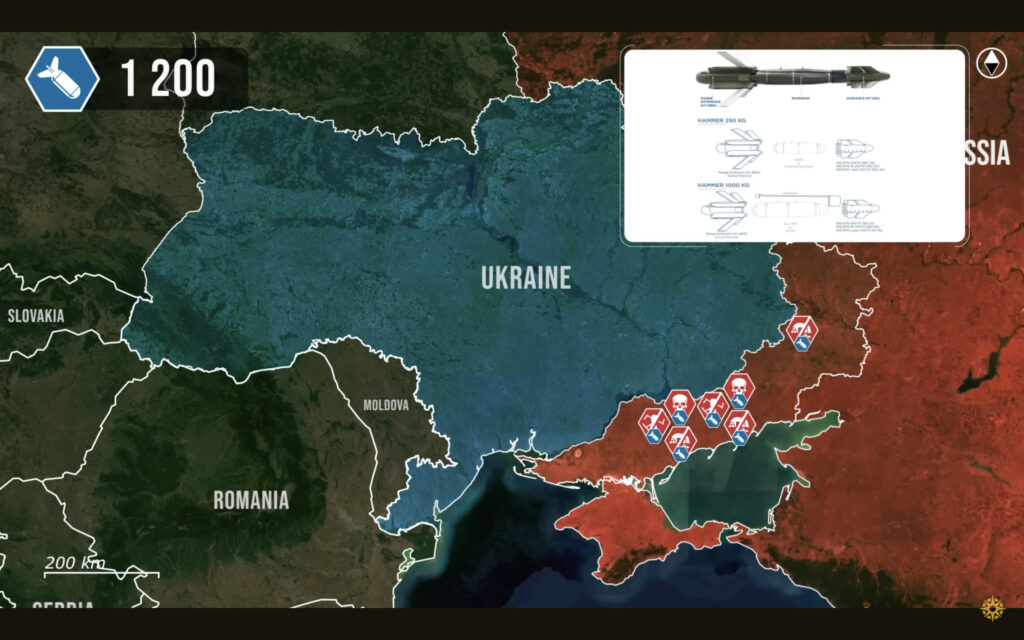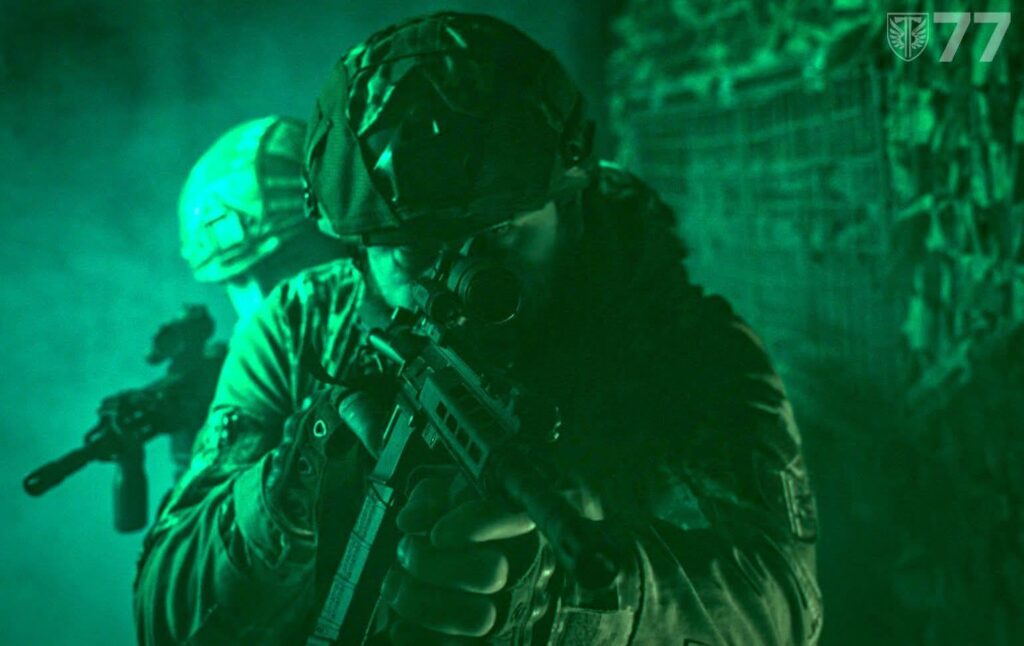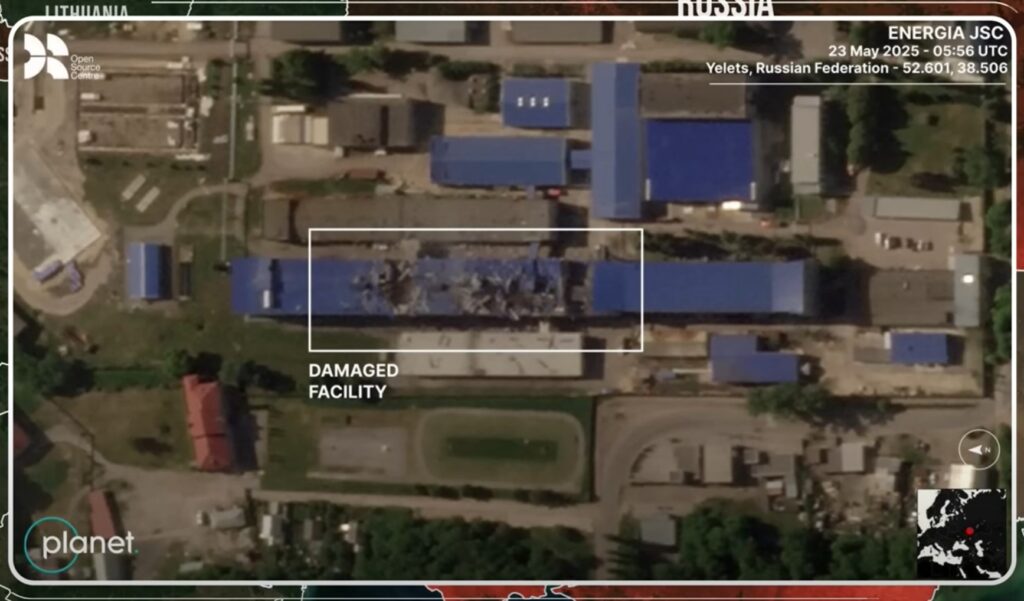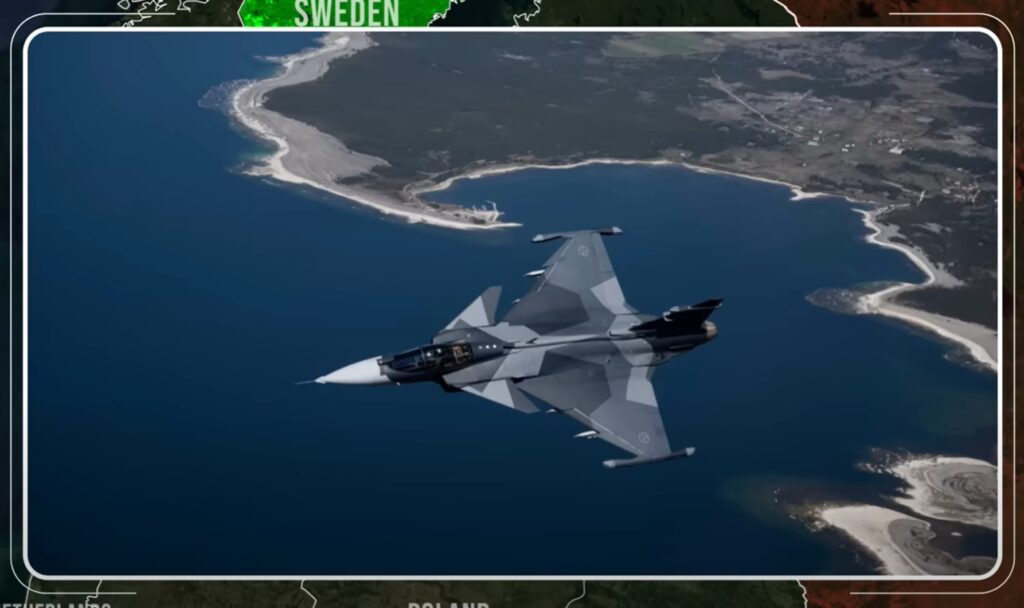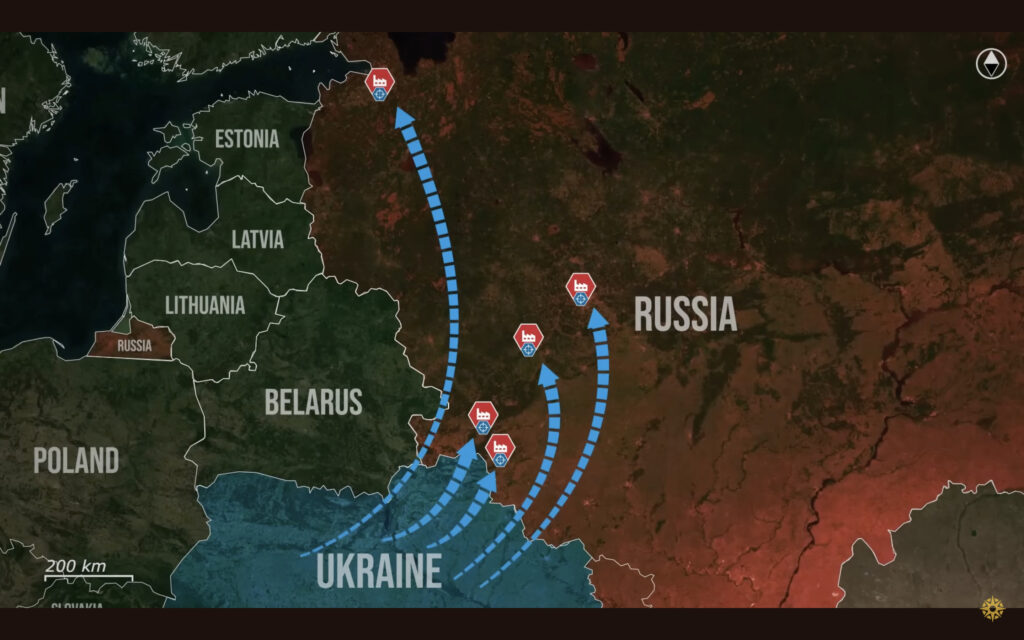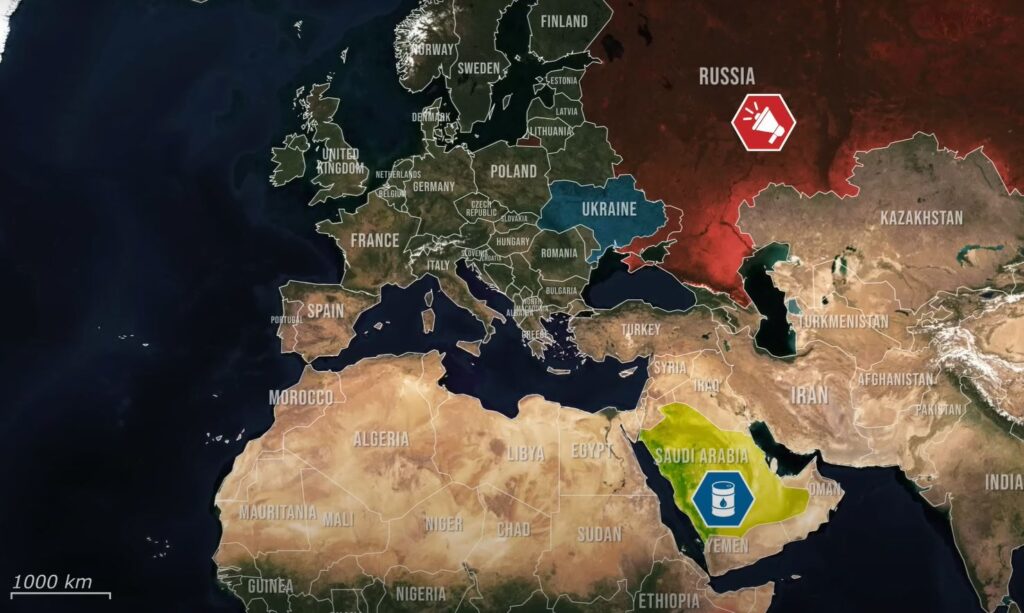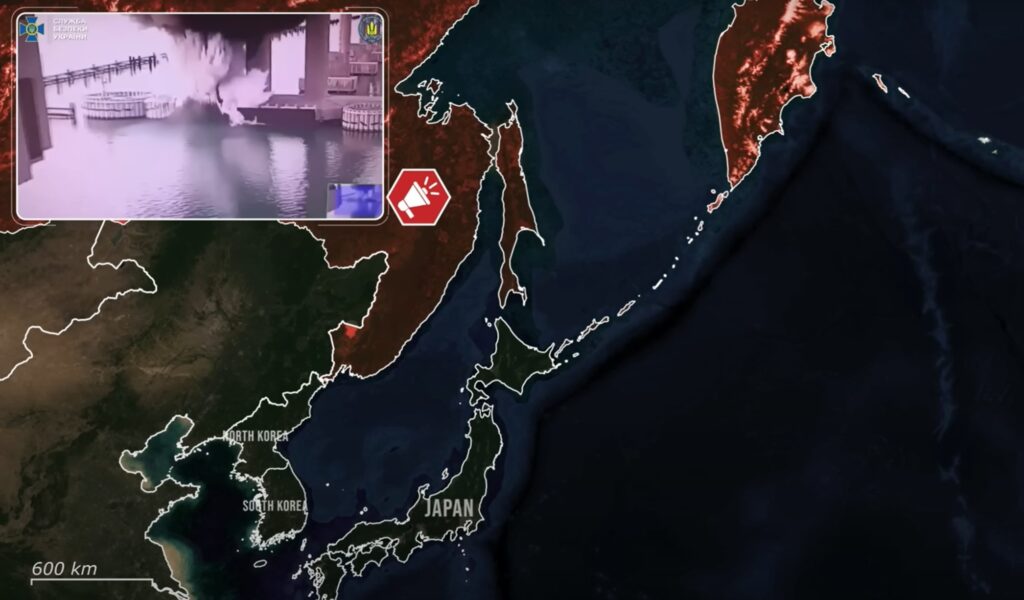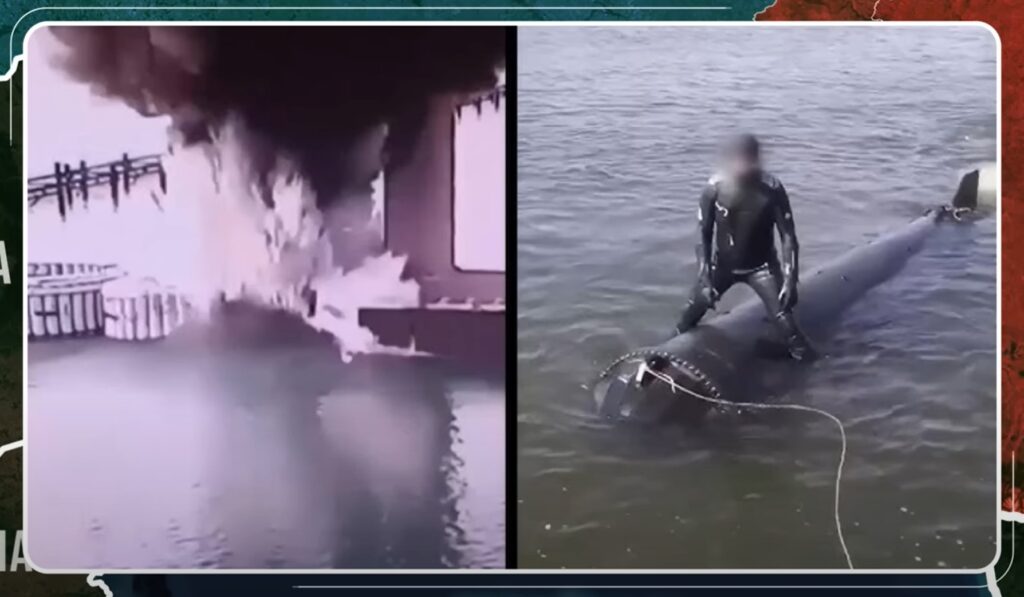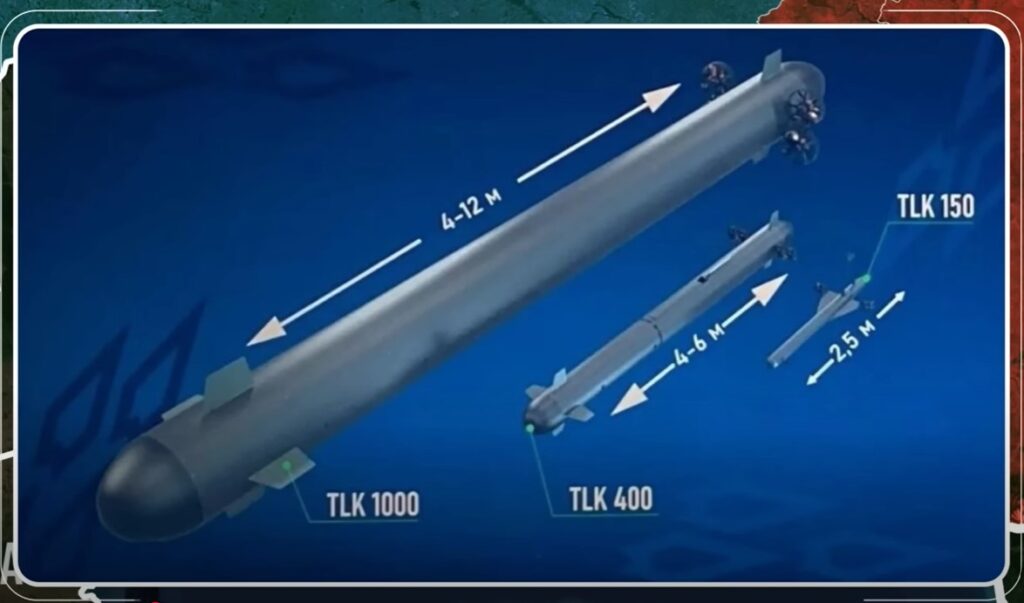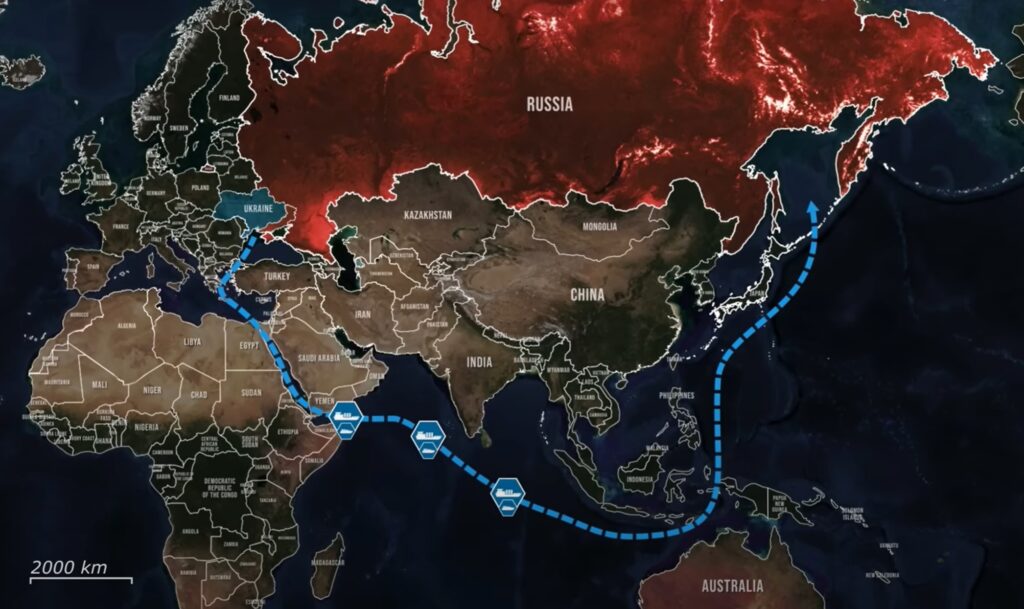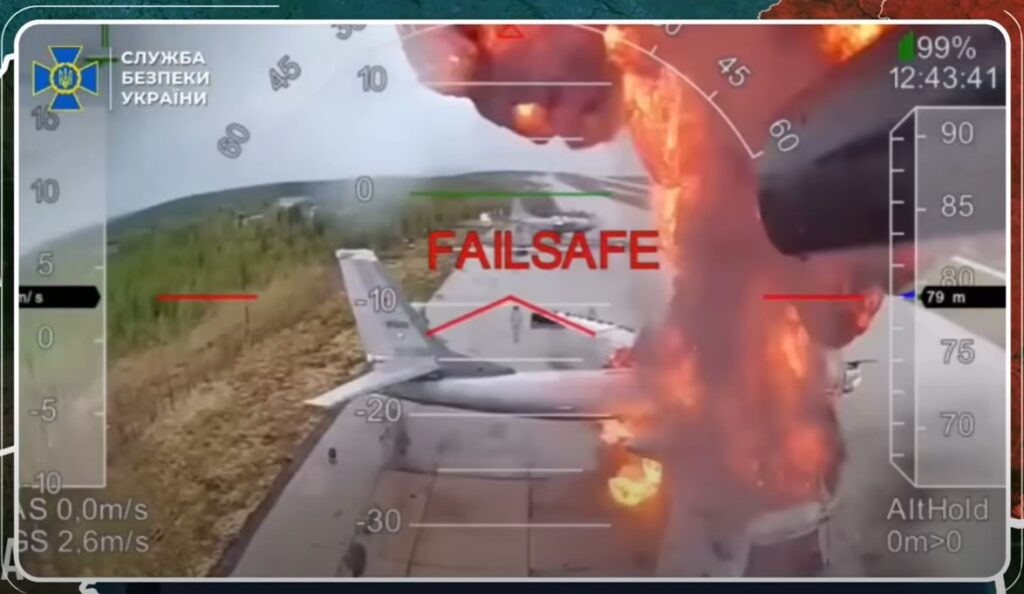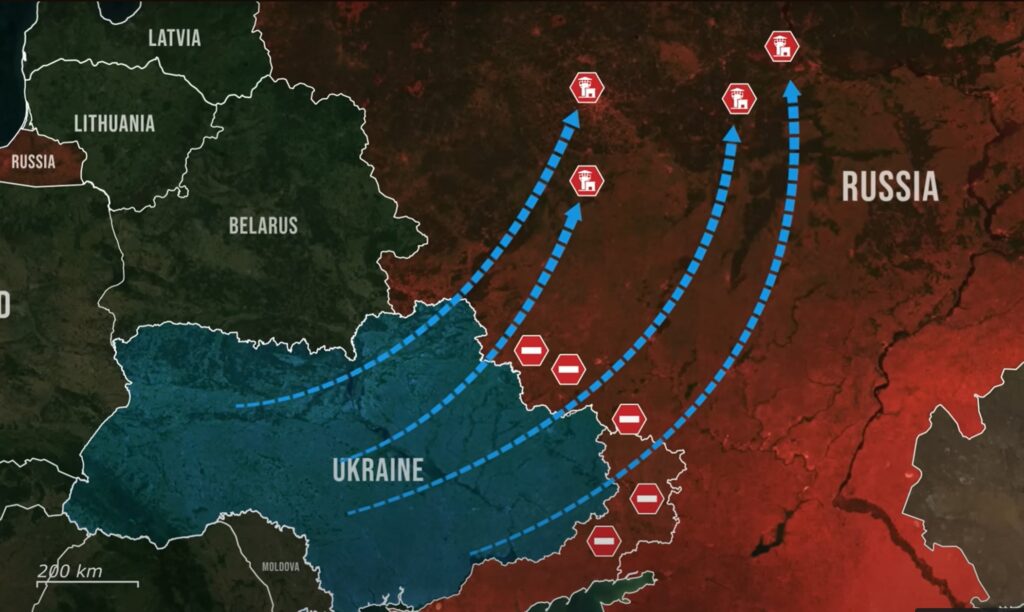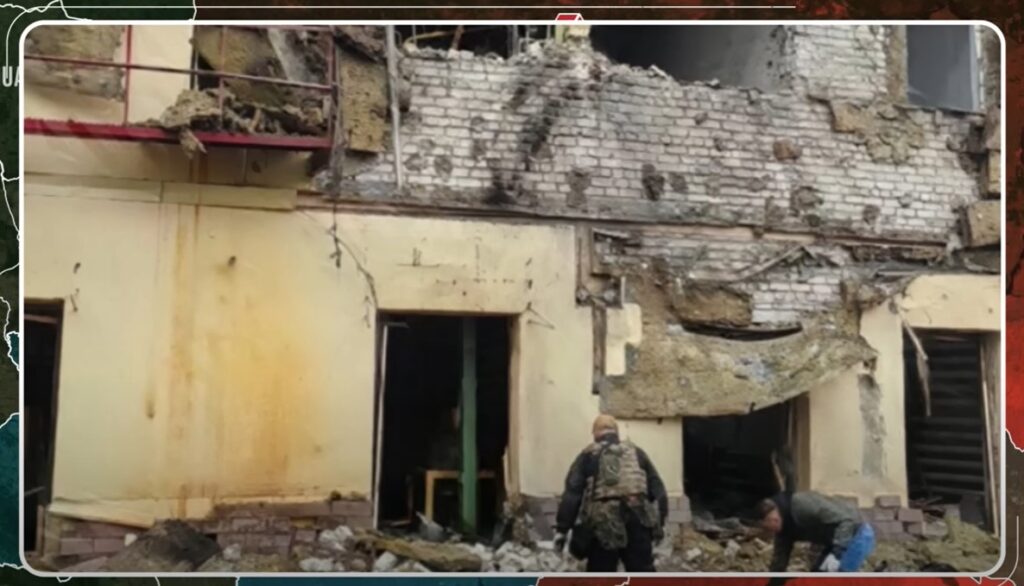Frontline report: Bayraktar drones are back — and this time, they’re after Russian warships
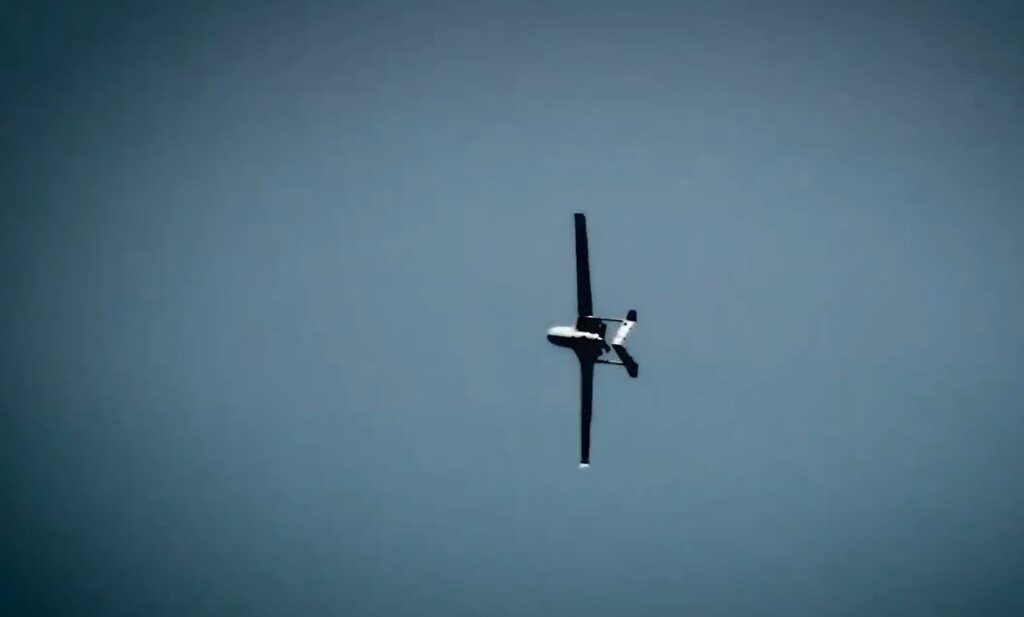
Today, there is interesting news from the Black Sea region. Here, after degrading Russian air defense and surveillance capabilities in and around Crimea, the Ukrainians started using the Bayraktar drones again.
The deadly Turkish-supplied drone, which gained reputation in the first months of the war, is now back in action, destroying Russian vessels and undermining Russian Black Sea operations. Ukraine’s Turkish-made Bayraktar drones have returned to prominence, now in use for anti-naval operations in the Black Sea.
Initially, these drones played a key role early in the war, when Russian air defense was sparse and unprepared. As Russia expanded its defensive measures to counter threats in the air, the Bayraktar’s relatively large radar signature made it vulnerable, prompting Ukraine to significantly reduce its use.

Domestic production enables renewed deployment
Now, however, conditions have shifted. Ukraine, in cooperation with Türkiye, now produces over 120 Bayraktars domestically a year, enhancing the possibilities of their deployment. Recent footage illustrates this comeback vividly, with Bayraktar drones destroying multiple Russian vessels near the Tendrivska Gulf Spit, as enemy forces attempted to disembark soldiers onto strategically important islands.

Capturing platforms for recon and offense
The renewed Bayraktar offensive complements broader Ukrainian efforts in the Black Sea, an area growing more strategically vital. Recent Ukrainian naval drone strikes targeted Russian-held oil rig platforms, with subsequent moves using high-speed boats aiming to capture these crucial offshore platforms after they are cleared of Russian presence.
Control over them has profound tactical significance, enabling reconnaissance and radar surveillance deep into Russian-held Crimea, and potentially serving as launching points for future naval drone operations.
The fierce battles over these platforms reflect their dual value: ideal monitoring stations and drone signal relay stations, as demonstrated recently. That is why both Russia and Ukraine fiercely contest these platforms, as control over them often changes hands.
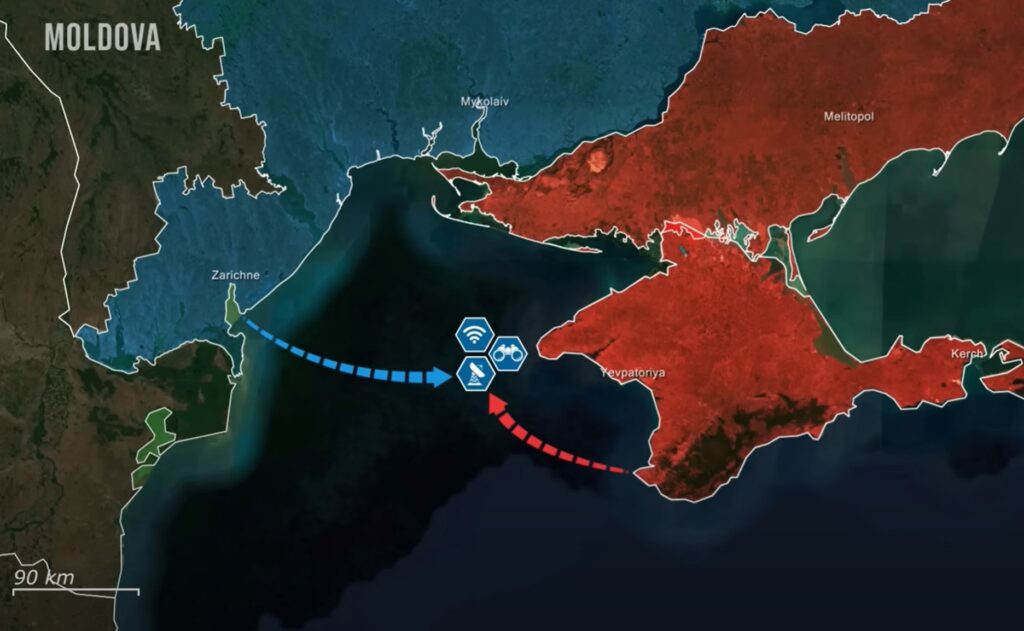
Real-time intel and Western support strengthen strikes
Western allies maintain surveillance flights to support Ukraine’s naval strategy: notably, a British RC-135W electronic reconnaissance aircraft patrolled western Crimea, foreboding increased Ukrainian operations. Ukraine’s deployment of Bayraktars, providing live battlefield intelligence during platform strikes, additionally complements Ukraine’s naval drone operations.
In response, Russia increasingly relies on Lancet drones guided by ZALA reconnaissance drones to intercept Ukrainian naval drones. Russian analysts acknowledge this approach has significant limitations given the agility of Ukrainian drone boats and the diverse payloads Ukrainians now employ, including electronic warfare countermeasures and air defense missiles to shoot down incoming Russian strike drones and fighter jets.

Targeted strikes on Crimea’s air defenses open the skies
At the same time, the Ukrainian military Intelligence service has undertaken precision operations aimed at crippling Russian air defenses in Crimea. Recent strikes targeted essential components of the sophisticated Russian S-400 missile system. Specifically, Ukrainians successfully destroyed two multi-functional 92N2E fire-control radars, two 91N6E long-range surveillance radars, and one S-400 missile launcher. This operation effectively reopened the skies above western Crimea and the Black Sea, enabling renewed Bayraktar drone activity and other aerial operations.
Ukraine swiftly capitalized, following these air-defense eliminations by striking a high-value Russian naval special forces base in Chornomorske with two Neptune missiles, causing extensive damage, as confirmed by available footage.

Russian navy retreats as Ukraine expands reach
Facing sustained Ukrainian attacks, Russia’s Black Sea Fleet now struggles to maintain its presence. Fearing further drone strikes, Russian naval commanders had already repositioned remaining warships far from contested waters, placing their naval assets out of play in the naval war. Even Russian military leaders understand this, as recent footage shows dismantled naval autocannons being installed as fixed, turret-like defensive positions on land.
This absurd strategy underscores Russia’s dire naval situation. Additionally, these stationary naval guns, though powerful, lack mobility and concealment, rendering them vulnerable to Ukrainian drone and bomb strikes, making them militarily virtually useless on the ground as well.
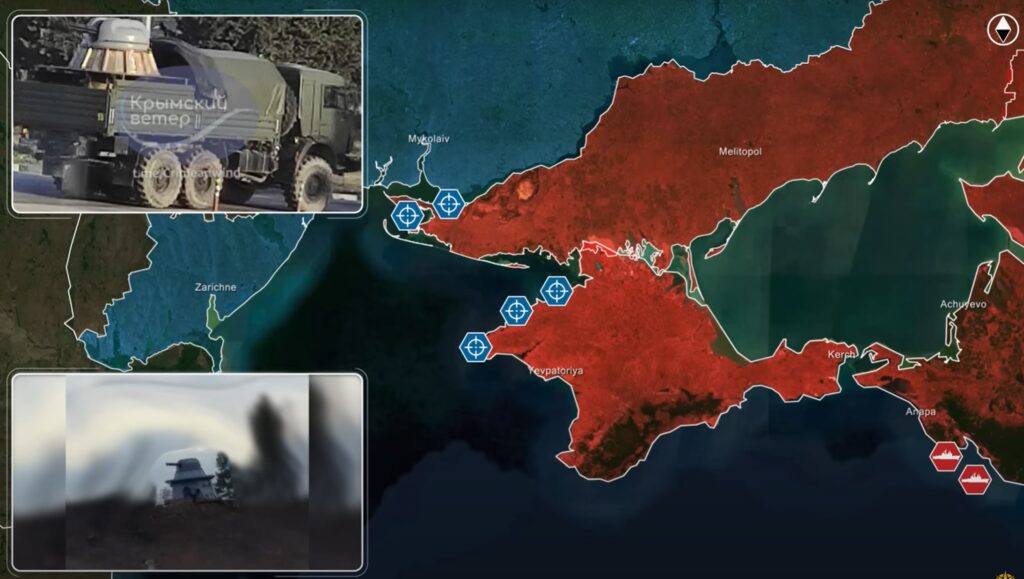
Strategic momentum builds toward Crimea
Overall, Ukraine continues to systematically degrade Russian military capabilities in the Black Sea, focusing on crucial dual-use oil platforms that have formed a core role in both sides’ naval strategy. This mirrors previous Ukrainian tactics of degrading Russian air defenses first, which then enables deeper and more disruptive strikes into Crimea and beyond.

By securing these offshore installations, Ukraine plans to support more ambitious special operations against Russian-controlled Crimea—possibly even variations of previously successful commando infiltrations.
Thus, Ukraine’s renewed use of Bayraktar drones symbolizes not only a regained tactical advantage, but also a more comprehensive strategy of gradually reasserting naval dominance and preparing the stage for significant future operations in the air and on land.
In our regular frontline report, we pair up with the military blogger Reporting from Ukraine to keep you informed about what is happening on the battlefield in the Russo-Ukrainian war.
